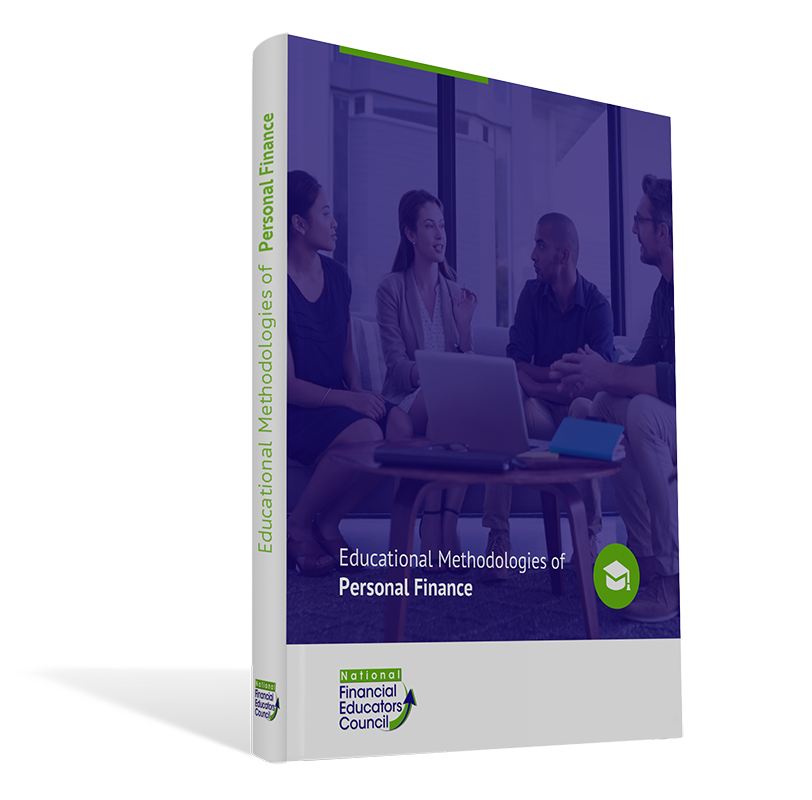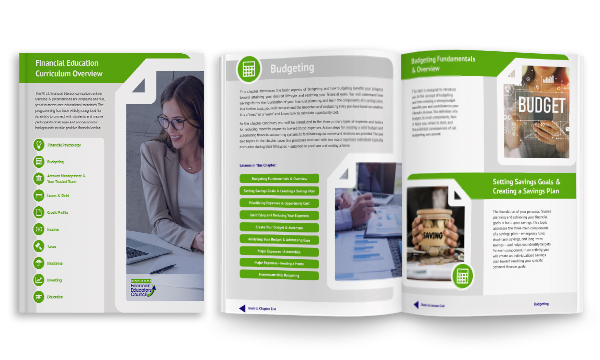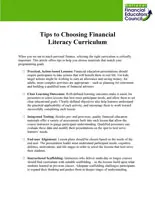Financial Literacy Curriculum & Presentation Resources
The NFEC financial literacy curriculum and presentations are engaging and fun, yet also meet core educational standards. The programming has been widely recognized for its ability to connect with students and inspire participants of all ages and socioeconomic backgrounds to take positive financial action.
The material has been tested by tens of thousands of organizations and gone through several iterations to create a state-of-the-art product that makes a lasting difference in participants’ financial capabilities.
With the guidance of several hundred experts who make up the NFEC Curriculum Advisory Board – comprised of educators, financial professionals, and financial education experts – this collaboration has yielded financial literacy curriculum that bridges the gap between theory-based education and practical application.
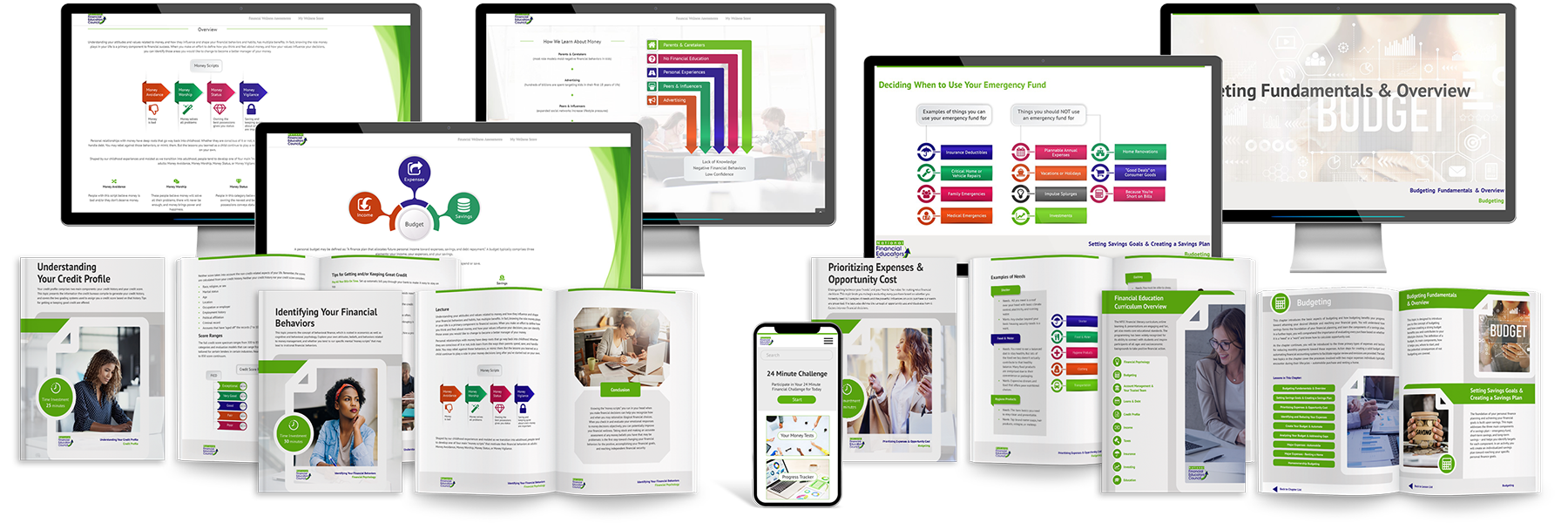
Topics Covered through Engaging and Interactive Activities
Aligned with Personal Finance & Educational Standards
Practical Lessons Encourage Students to Take Taking Real-world Action
Flexible, Modular Design Accommodates Any Schedule
Custom Branding Options to Match Your Organization
Independent &
Compliance Approved
“We chose to provide the NFEC curriculum because it balances practical application with core educational standards. The lessons are engaging, making it enjoyable for teachers and students alike. We also liked that it incorporates a comprehensive educator training program to empower those delivering the information with the tools to maximize the effectiveness of the coursework.”
“We just received the Financial Literacy Event Report. This is fantastic! We can easily show our board how much students learned. We’ve just begun planning our summer conference, and would like to offer the scholars your amazing financial workshop. Thank you again! I can’t wait to share this.”
“The program is going wonderfully. Kelly is doing an awesome job and our clients have been very receptive of the information and her presentation. Thanks again, the presentation went GREAT, we will be talking with you soon.”
All Curricula Available for Private Labeling
The NFEC offers you a variety of customized branding options to ensure your organizations messaging is communicated in alignment with your objectives. Branding levels are included with select packages or can be purchased separately.

Designed around Research-based Educational Methodologies & Standards
Because every person has different financial habits, emotional connections with money, and current financial realities – we as financial educators need to consider more than just content knowledge in our programs. Best-quality financial literacy curriculum also must include a focus on behaviors, establishment of systems, and sentiments, and help learners work toward positive outcomes.
To achieve these goals the NFEC’s resources are built around research-based instructional methodologies, including:
- Backwards planning to ensure that lessons and activities build to support learner progress toward pre-defined outcomes;
- Active learning techniques, including visual, social, self-regulated, and project-based learning;
- Audience adaptation to enable instructors to scaffold and adjust activities to support learners of all different motivations, knowledge levels, and learning styles;
- Engagement with the affective dimension of learning and motivation in general, and of changing financial behaviors more specifically;
- Recommendations for system development and long-term follow-up and support to encourage permanent change.
Topics & Levels
- Age Groups: High School & College, Adults. Click Here for Kids PK – 8th Grade.
- All Levels: Include Activities for Beginner, Intermediate, & Advanced
- 10 Core Personal Finance Topics Covered
- Over 40 Pre-designed Life Stage Workshops
Multimethod Education at Key Touchpoints
In addition to live presentation curriculum and lesson plans, the NFEC provides additional learning resources that can connect with learners at different touchpoints. This combination allows you to diversify your class and makes it easy to conduct blended learning or flipped learning models.
Pre-education
Online Learning Center
Ongoing
Comes with Print on Demand Center for Maximum Flexibility & Lower Cost
New technological innovations allow you to easily customize the coursework that is best for your audience. With the Print on Demand Center, you do not have to purchase physical student guides from us; you can print your own. Enjoy these benefits:
Customize Your Lessons
Print Anywhere; Anytime
Save Money
Support Resources
To help your program achieve the best possible results, we include resources that help create a positive user experience and tools to gather results from your program so you can demonstrate its impact.
Learner Experience Resources
Testing, Surveys, Reporting
Design Support
About the NFEC & Who We Serve
The NFEC is an IRS-recognized Benefits Corporation whose mission centers on providing top-quality financial education programming. Our social impact-focused enterprise has supported the development of thousands of programs over the last decade, reducing the cost and time needed to develop programming while providing the tools and training that increase program impact. Our resources, training, and programming processes have been used by thousands of organizations, including:
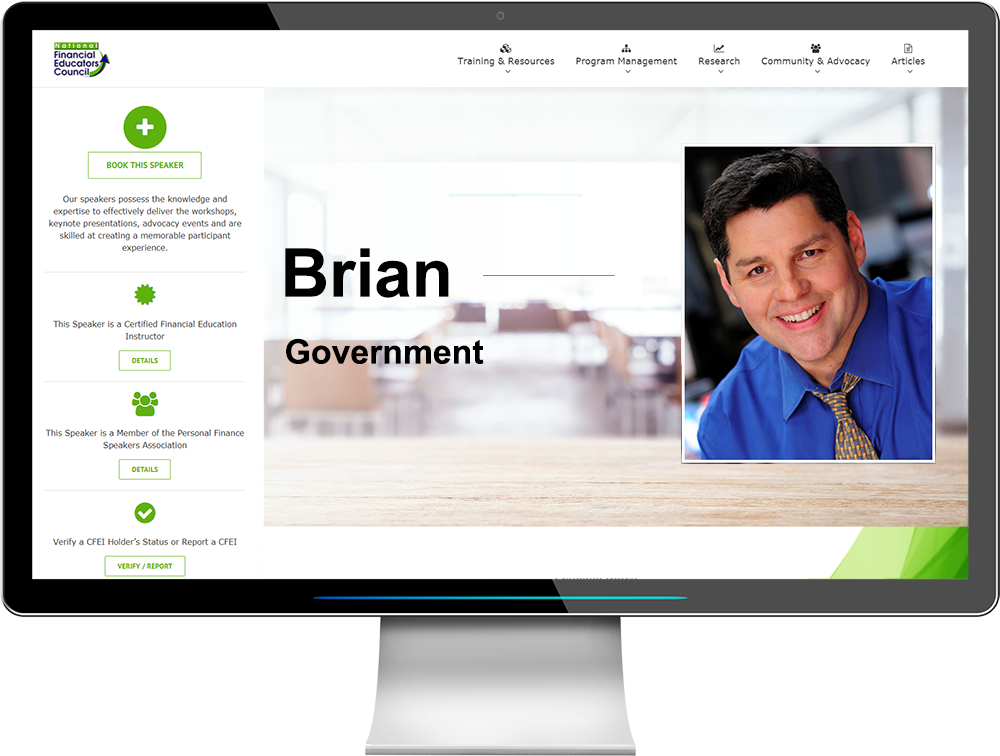
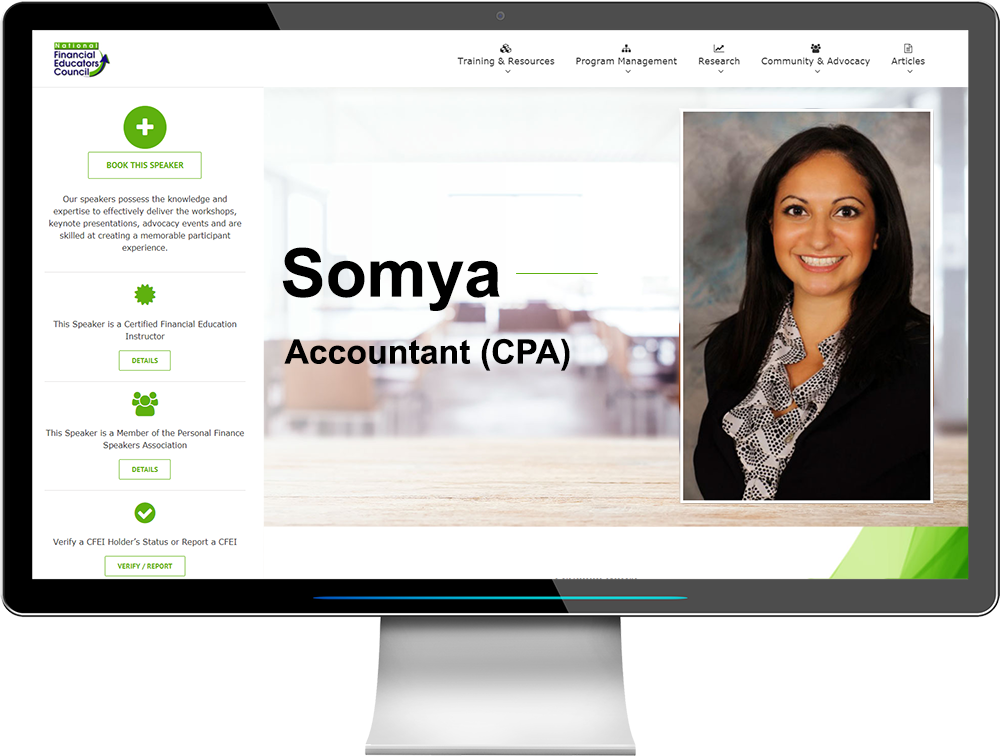

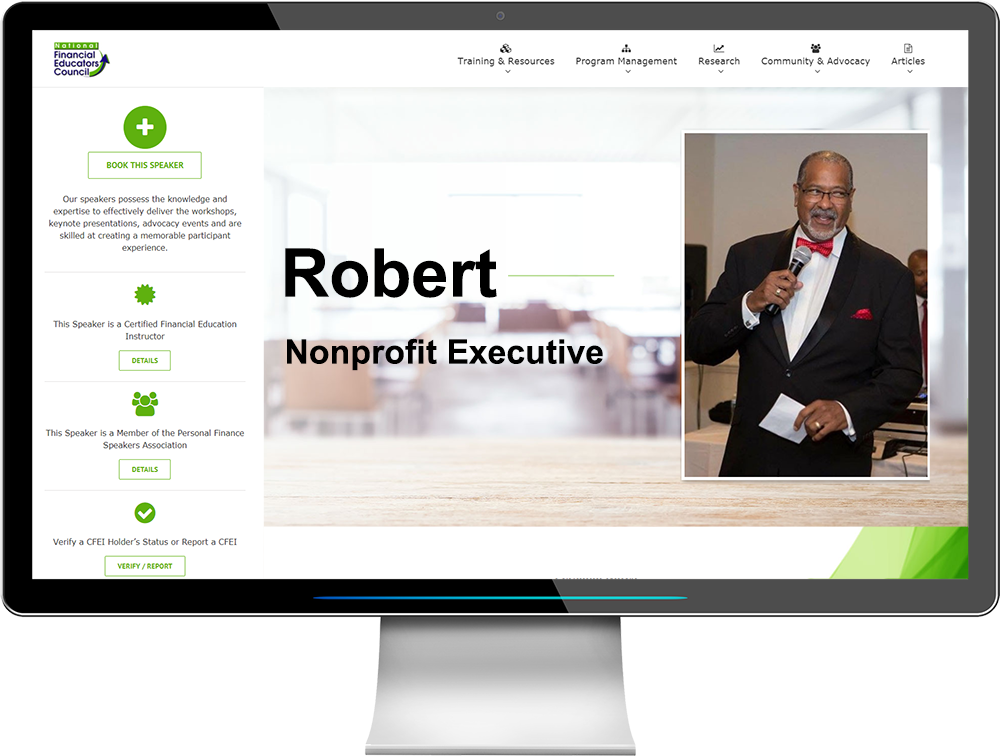
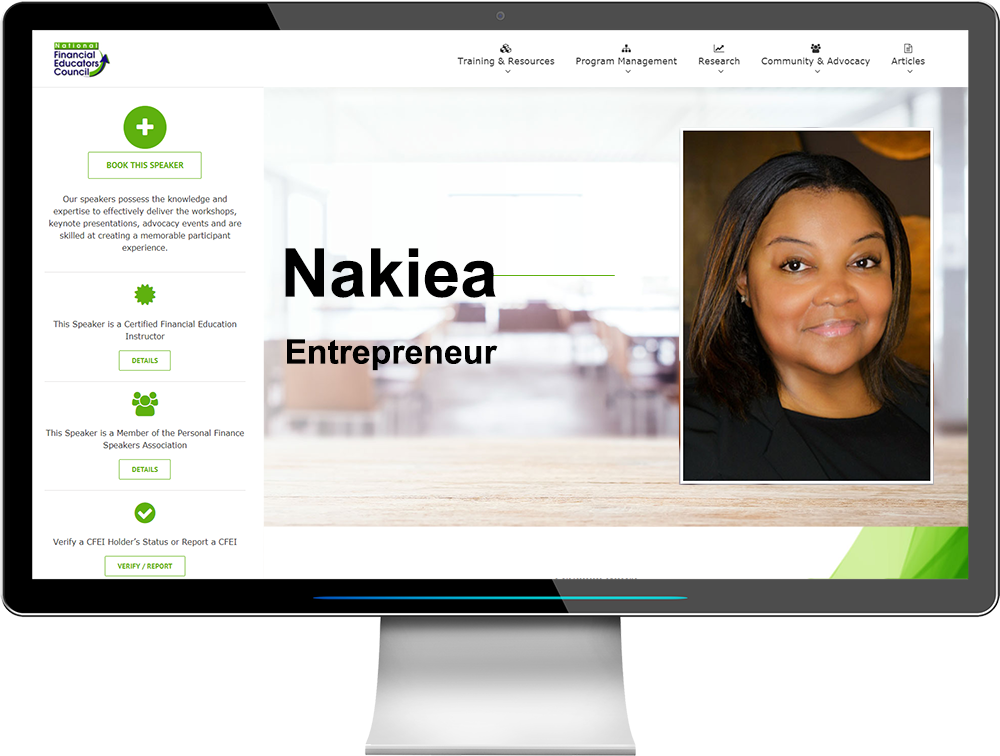
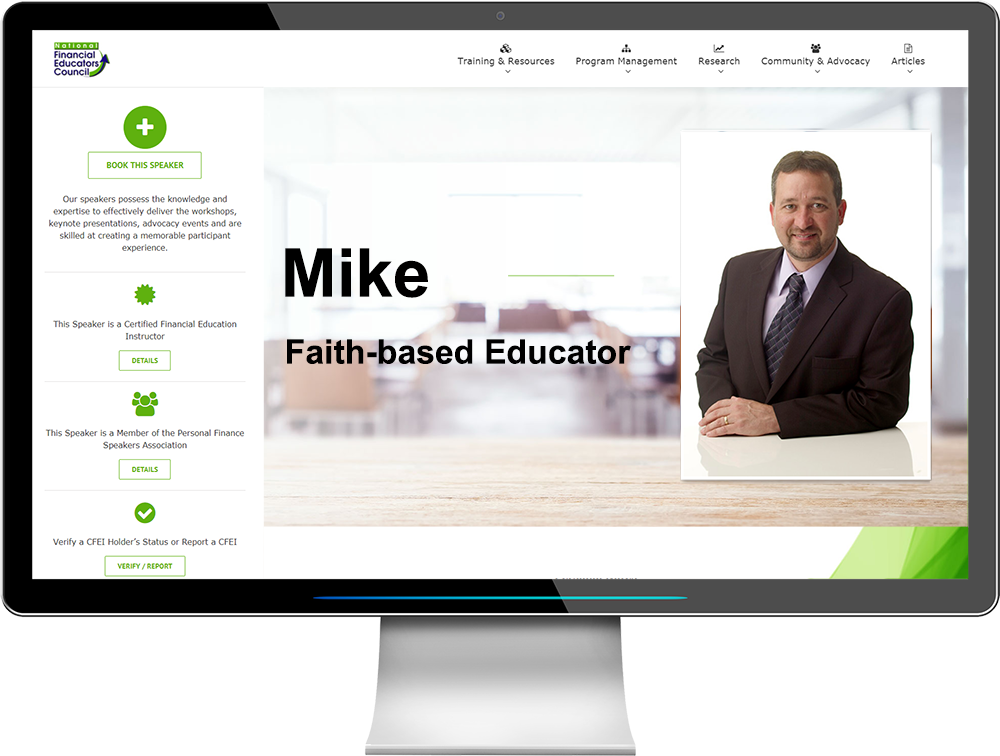
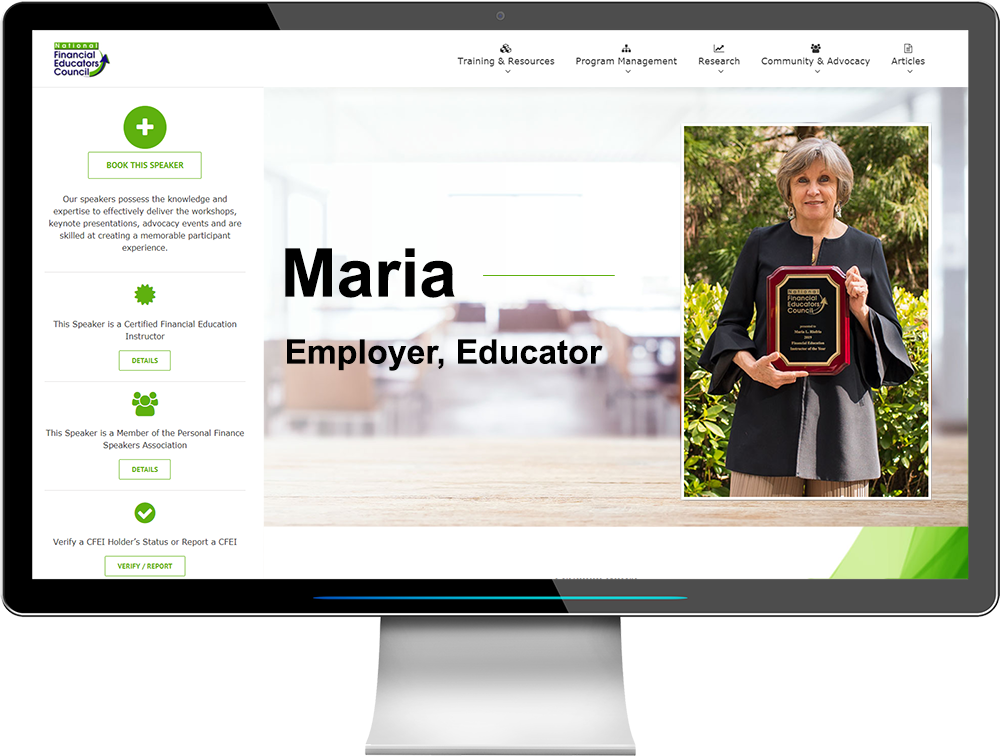
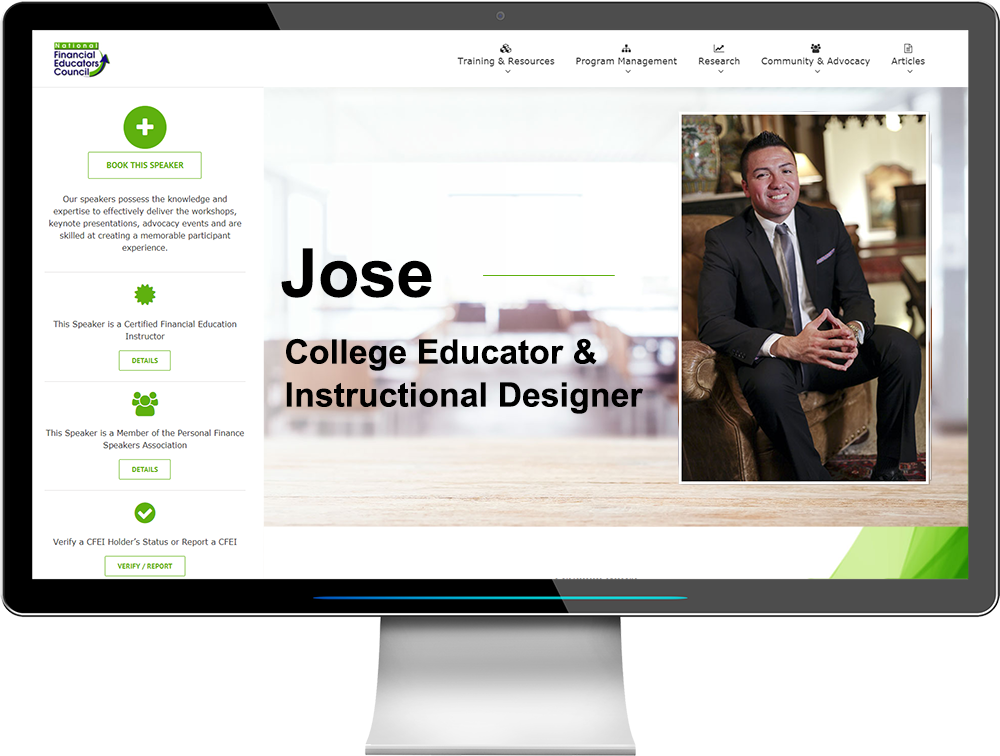
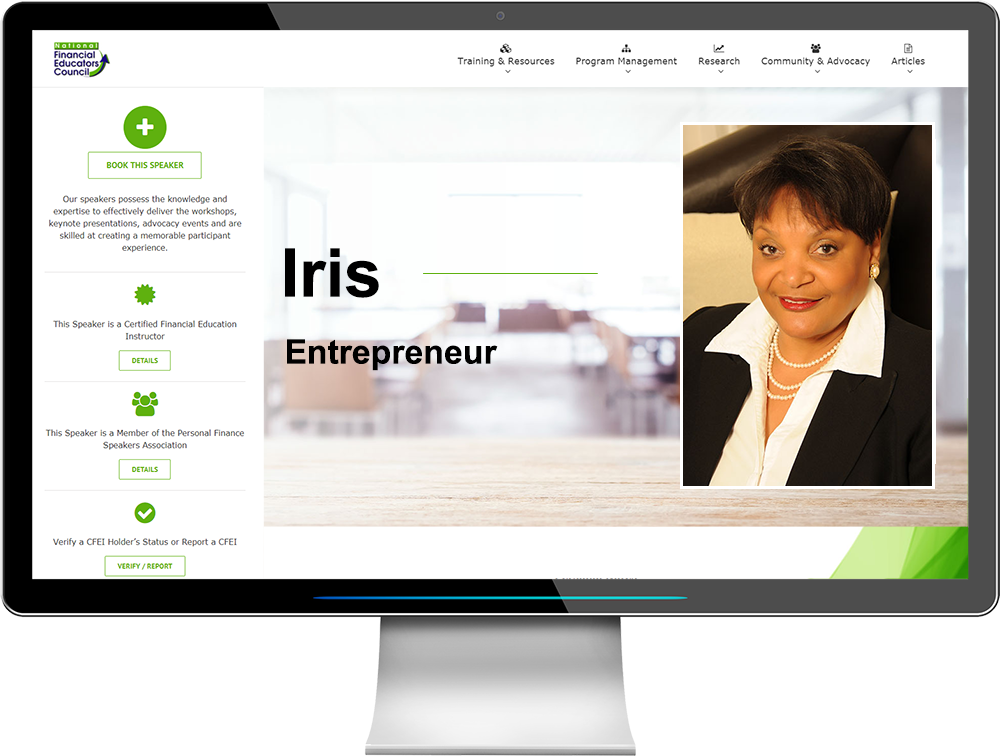
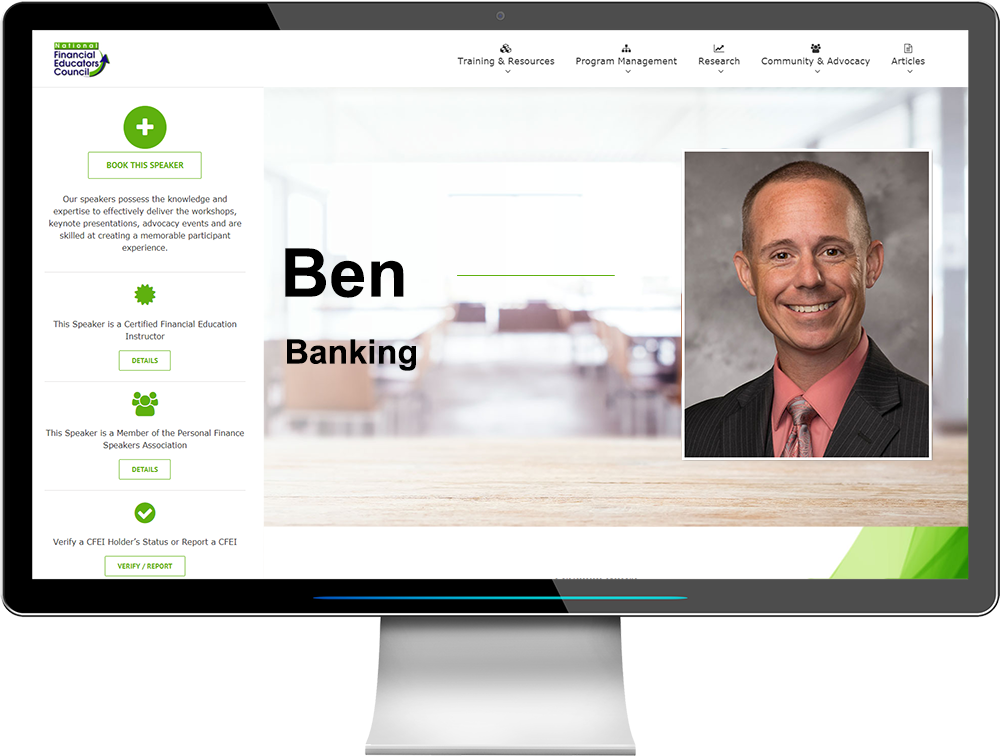
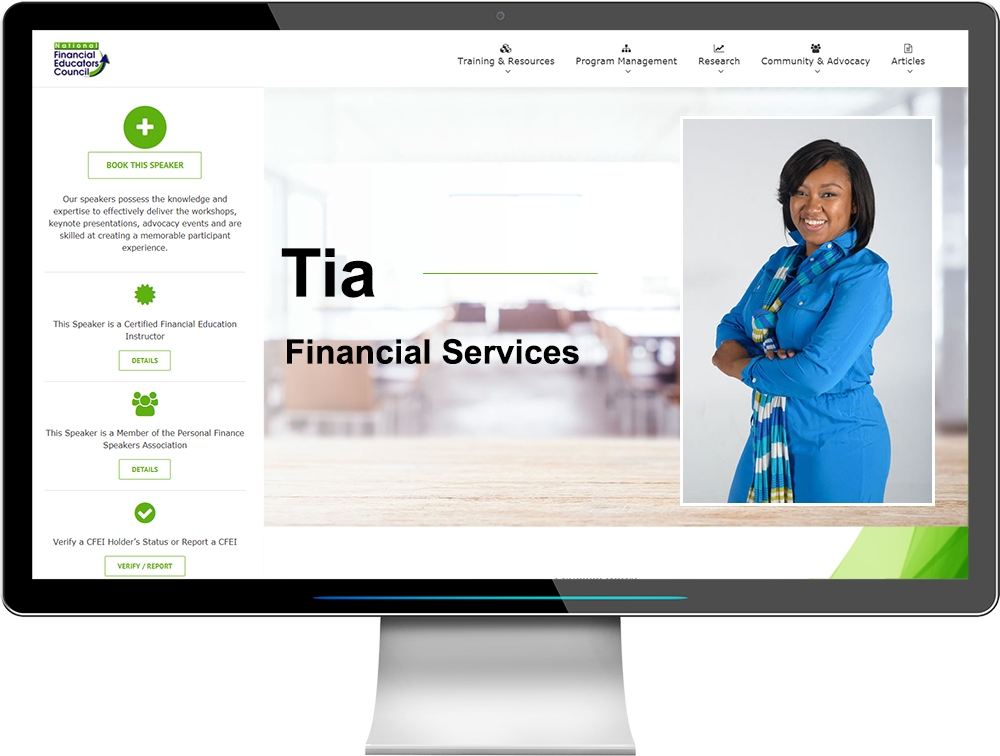
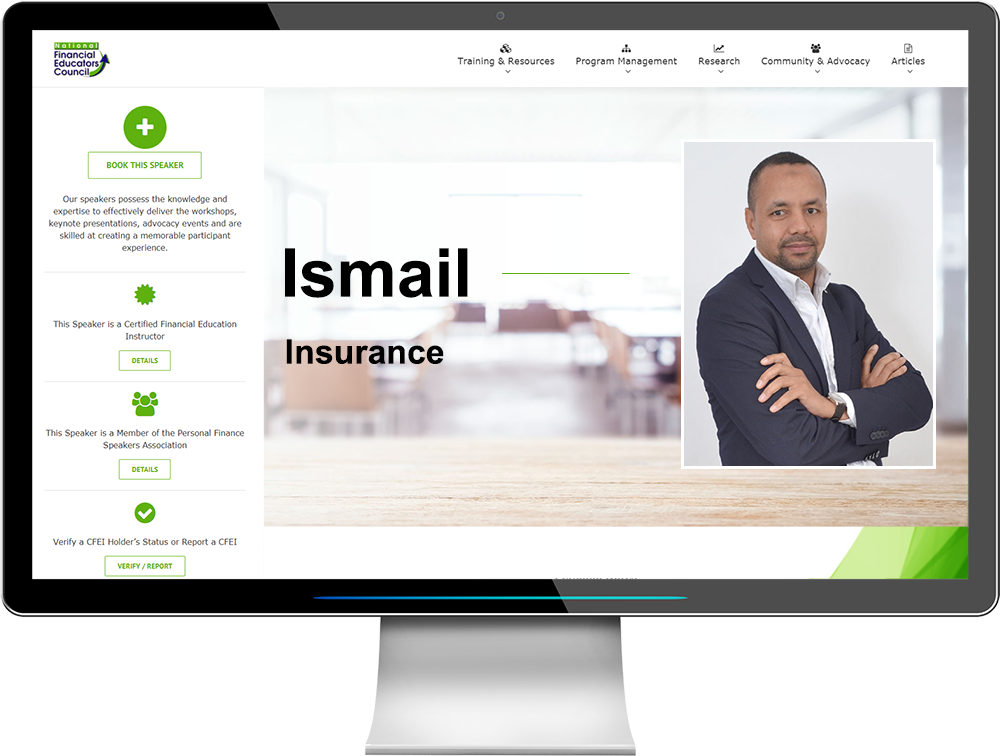
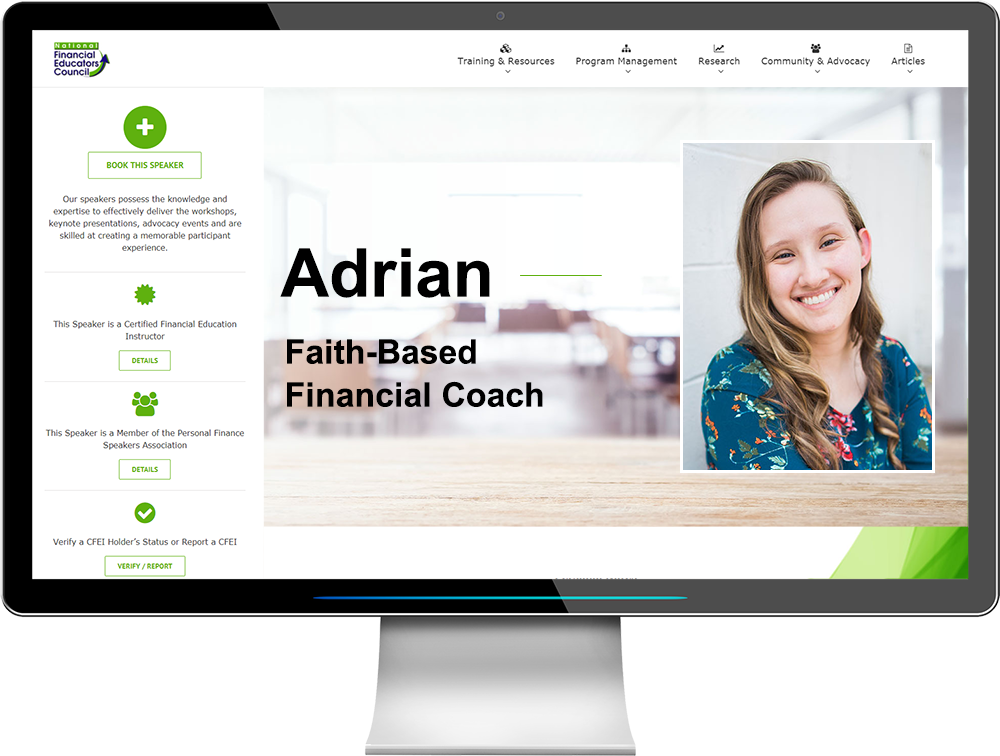
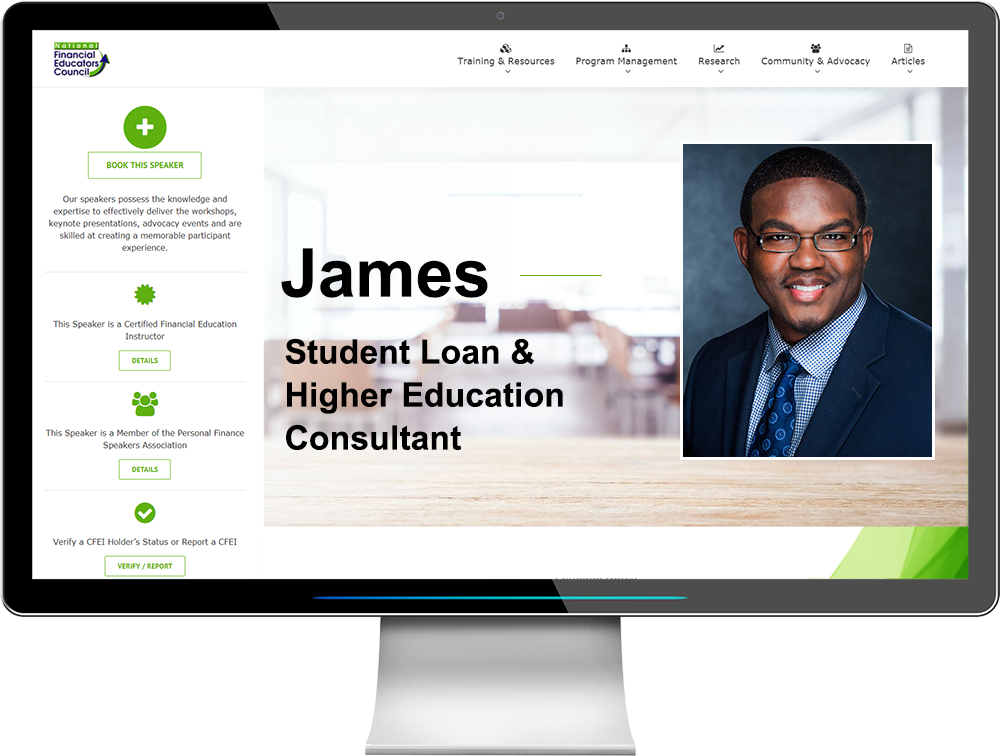

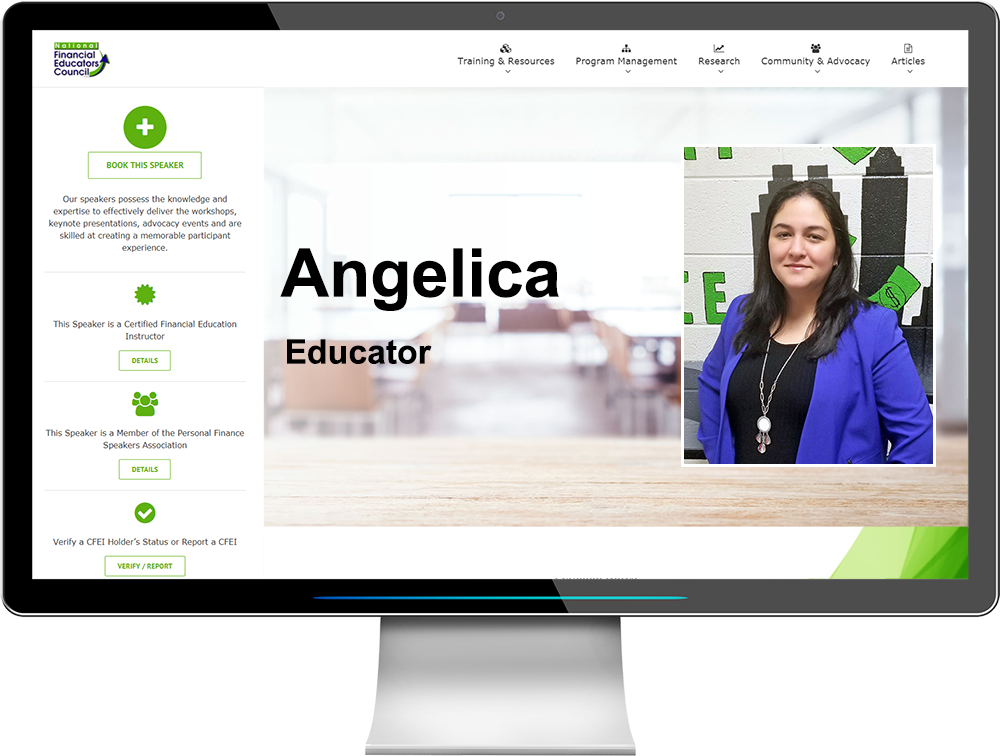
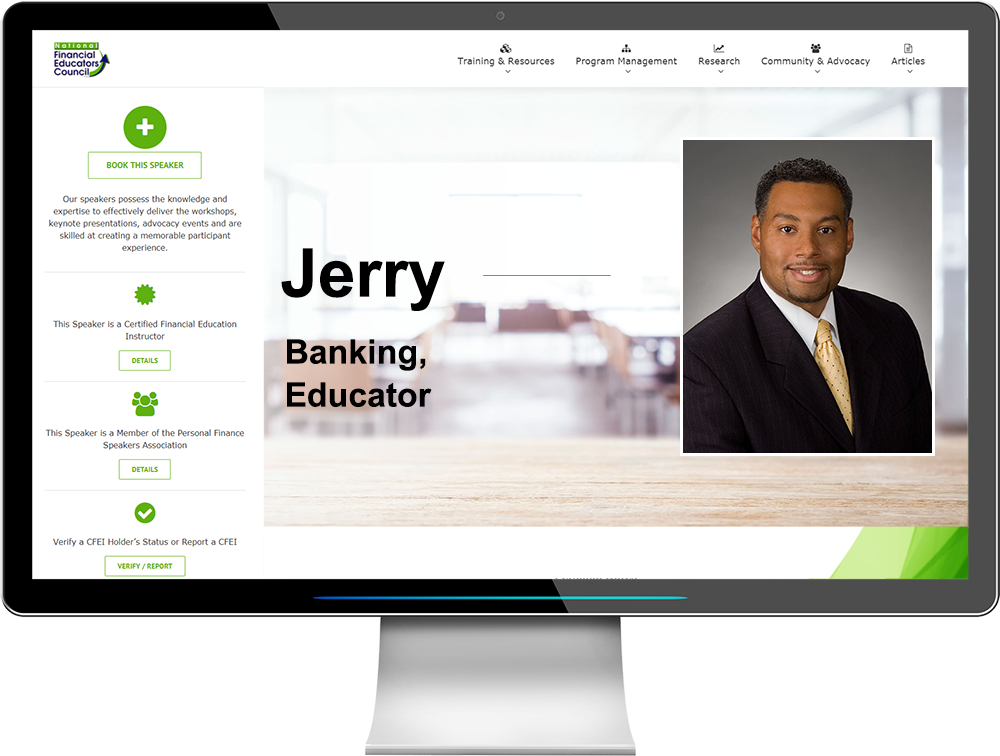
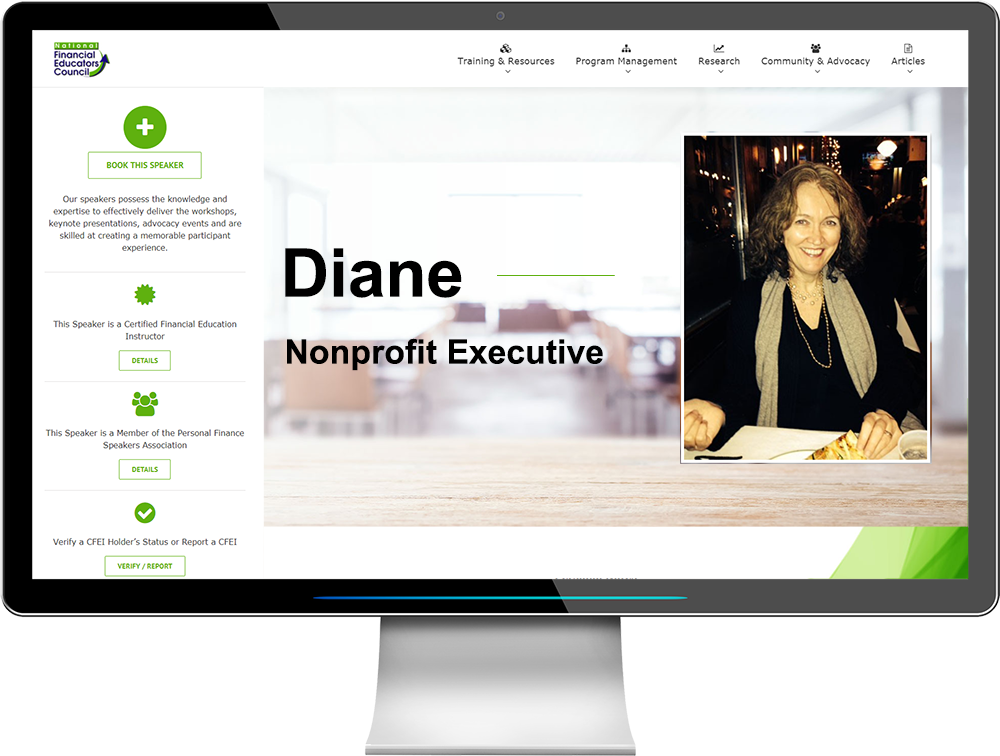

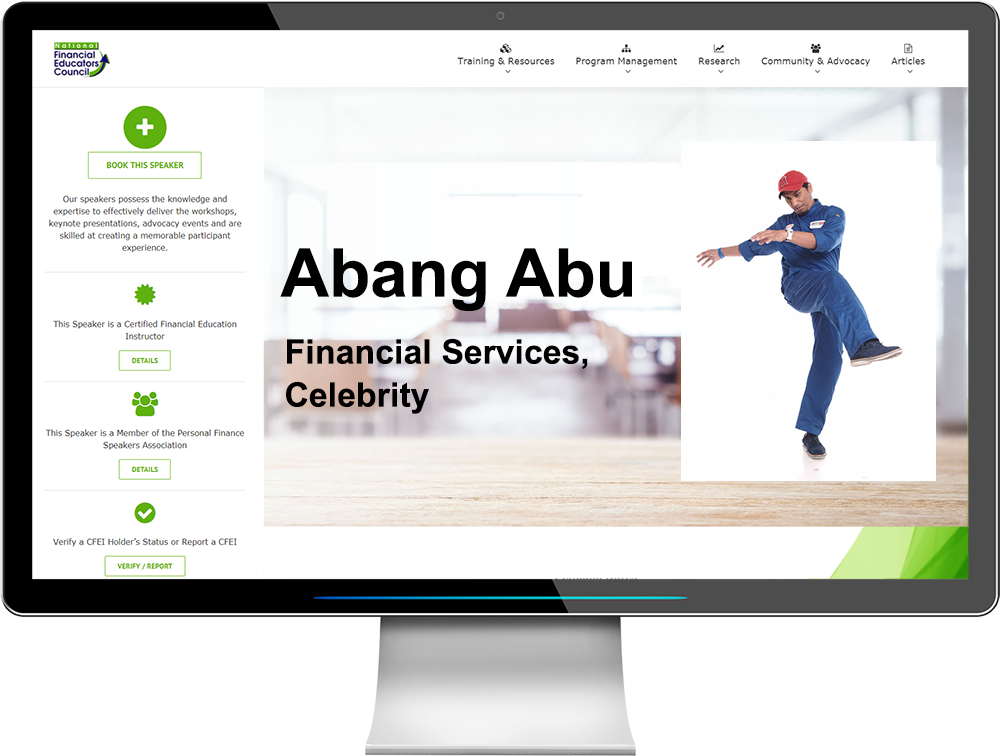
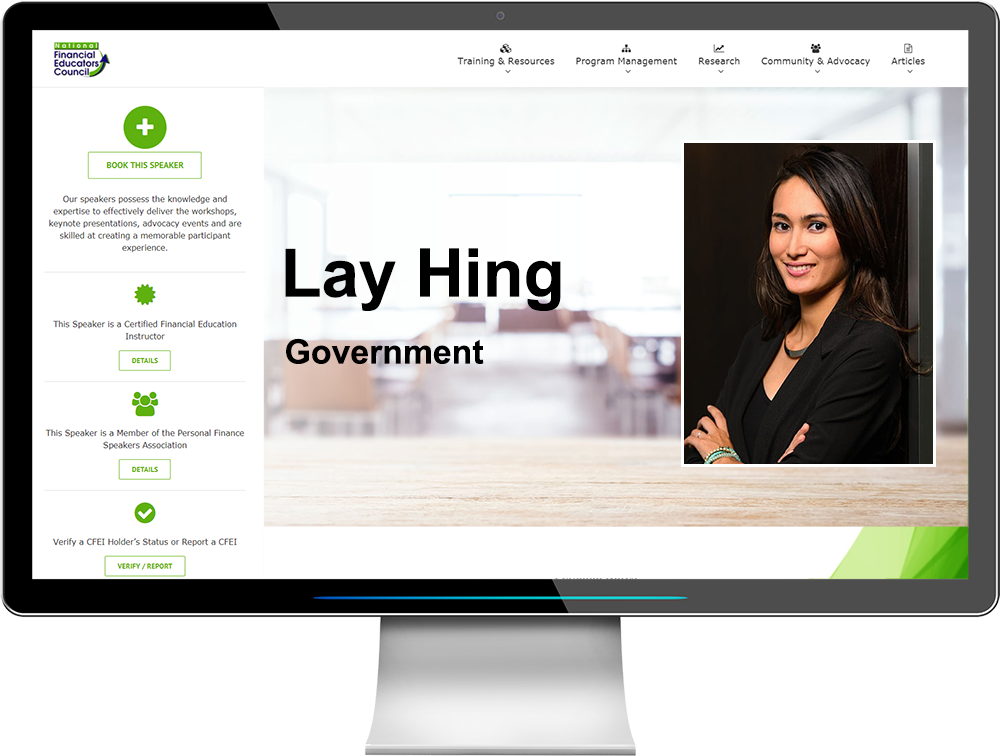
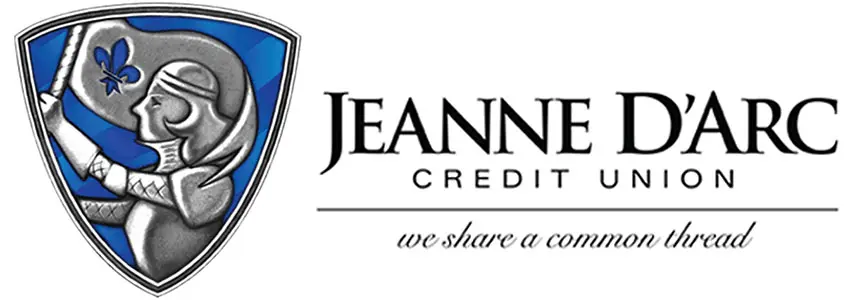


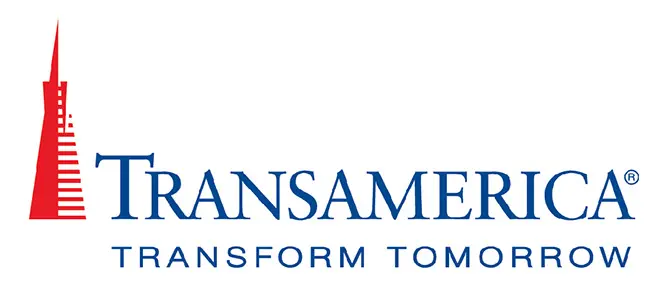
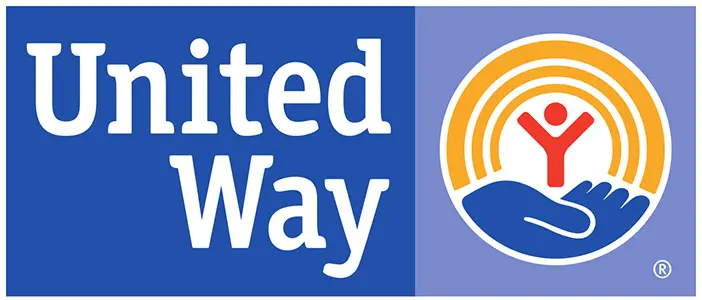


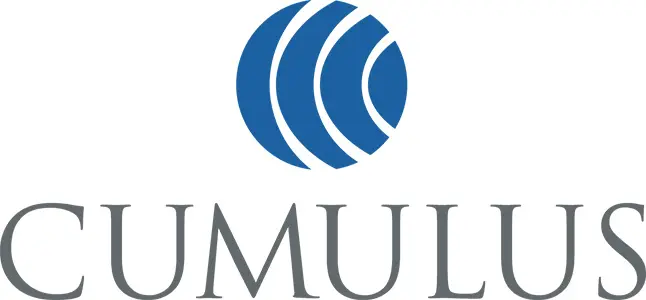
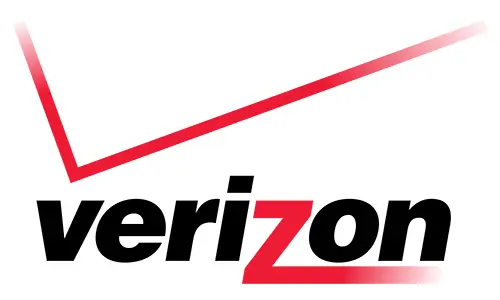

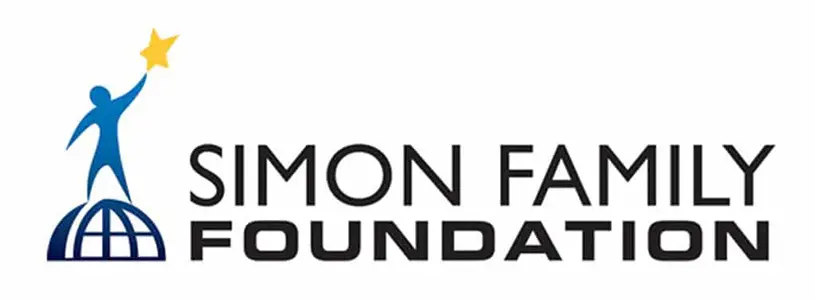
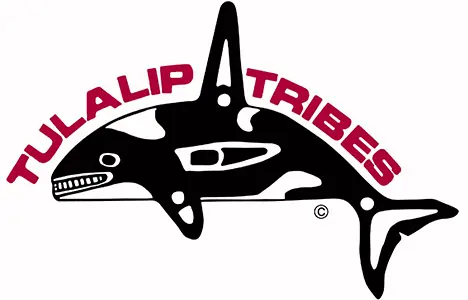
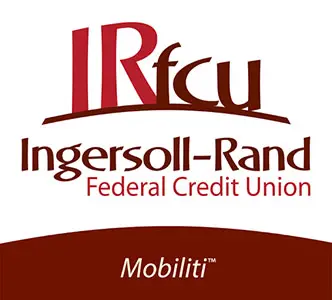

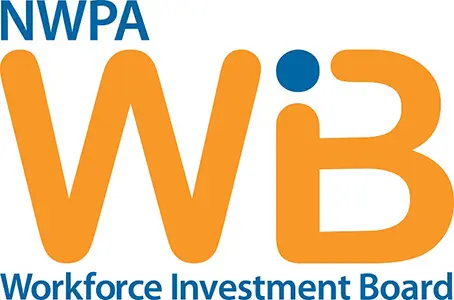
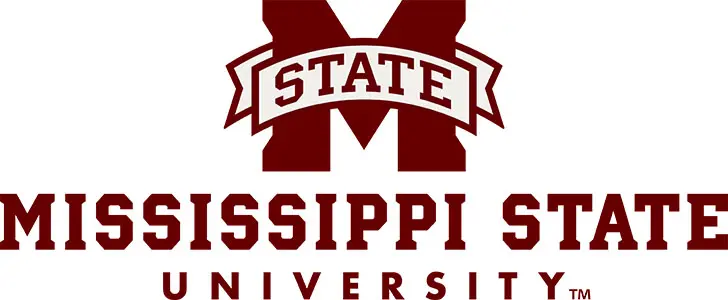


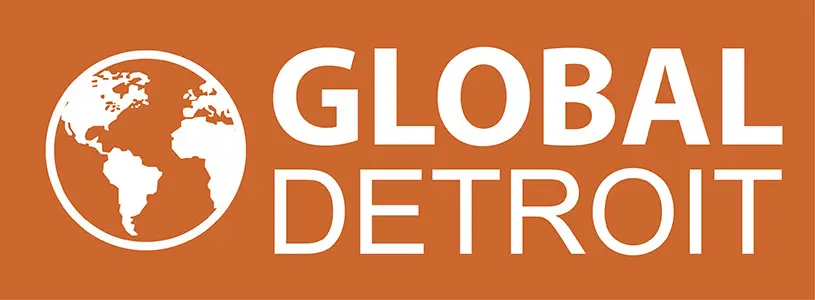
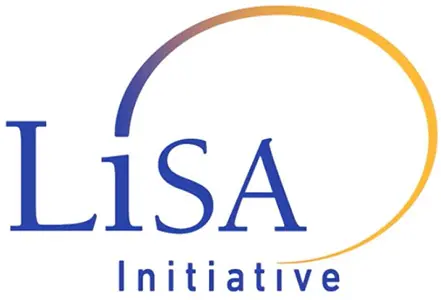

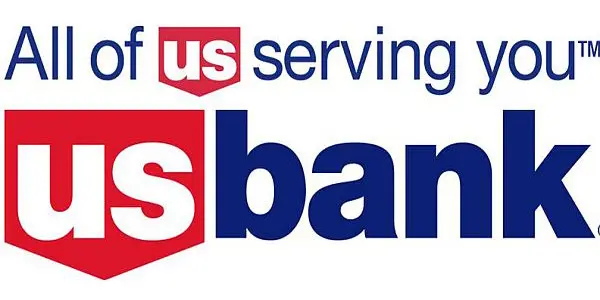
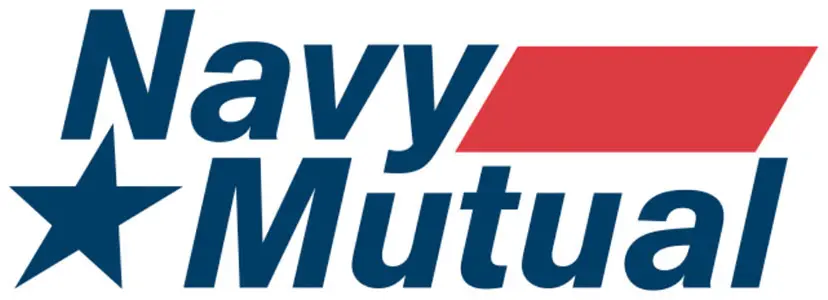
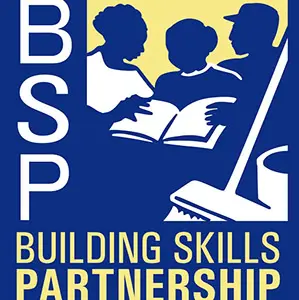
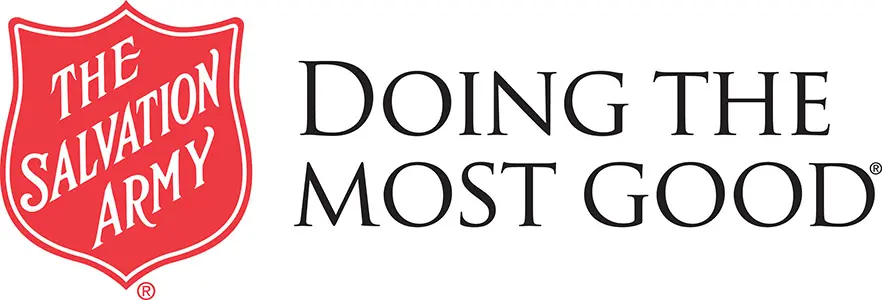

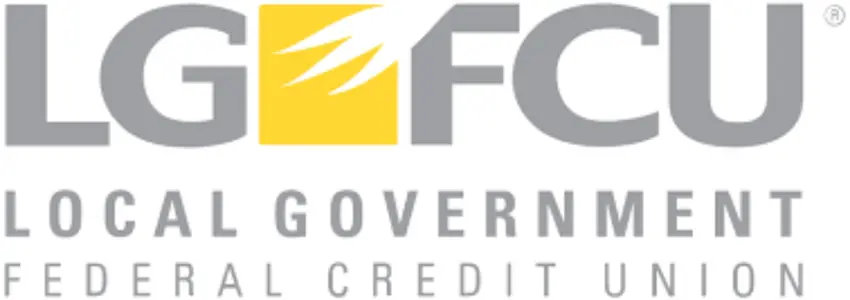
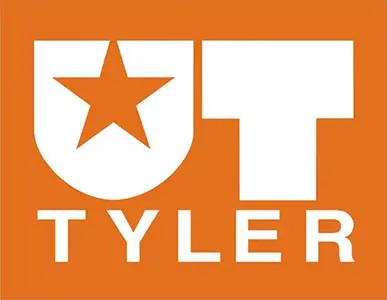

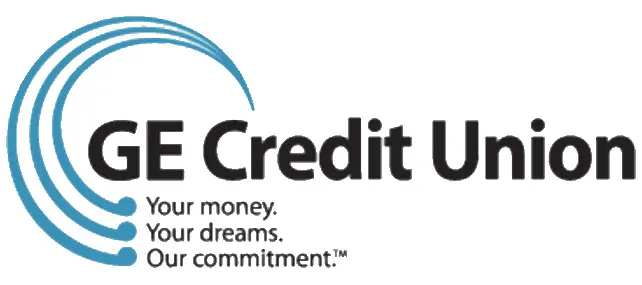
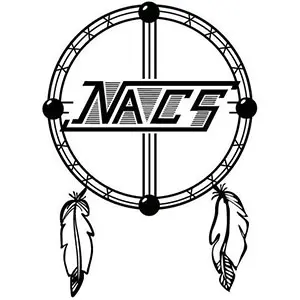
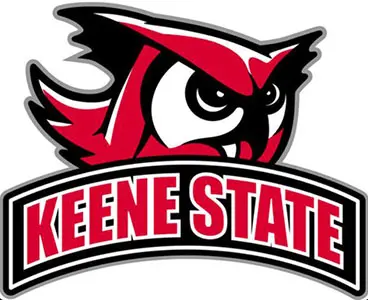


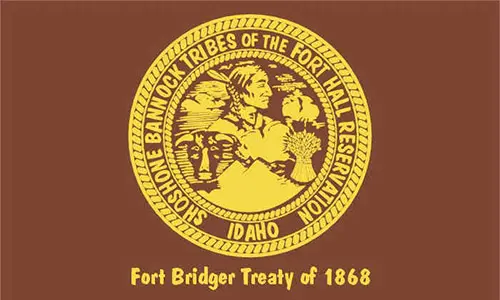
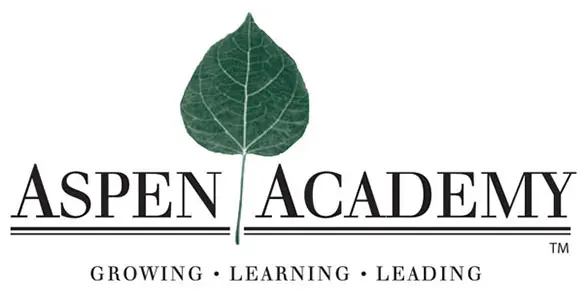


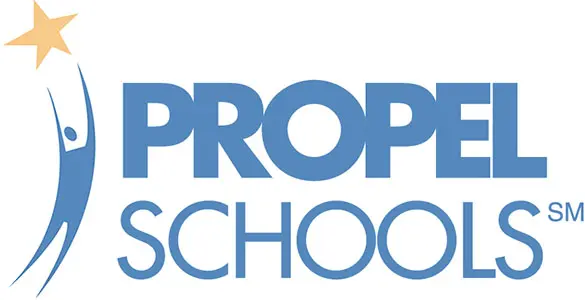
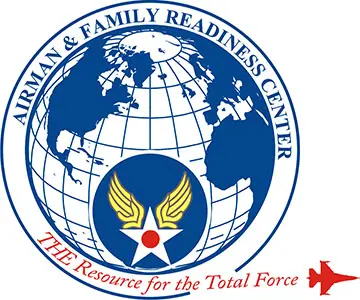
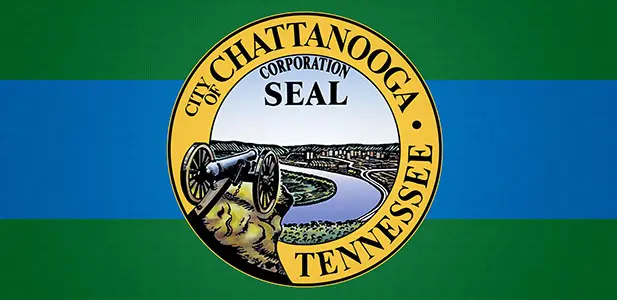

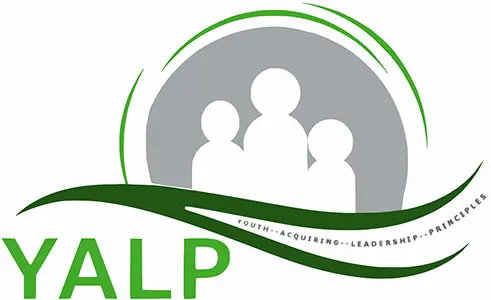
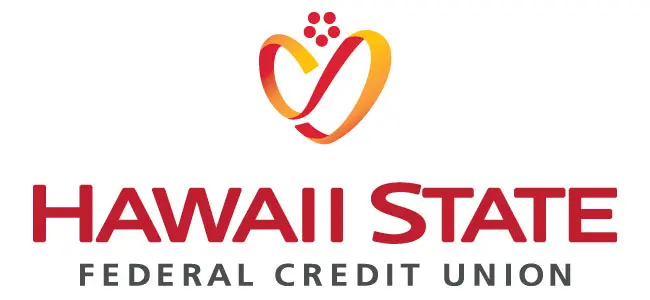
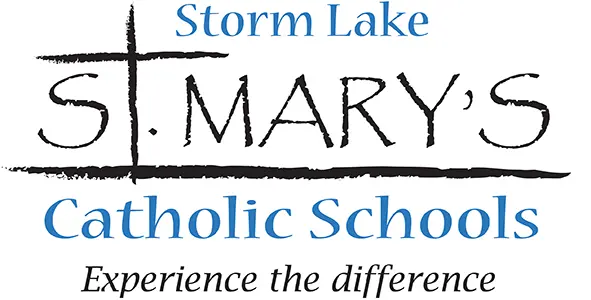
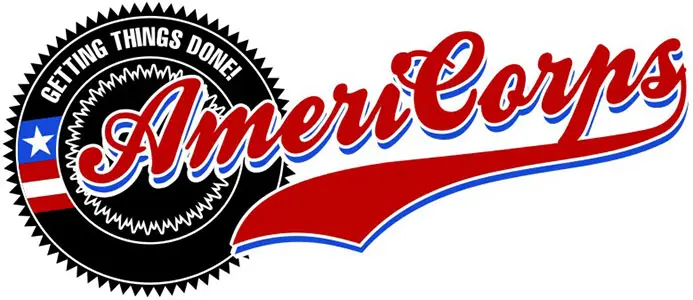
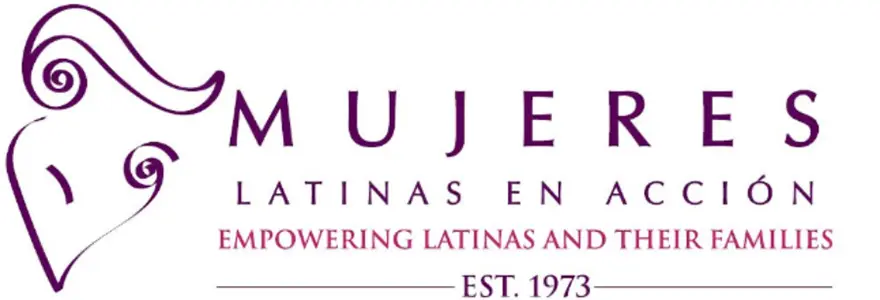



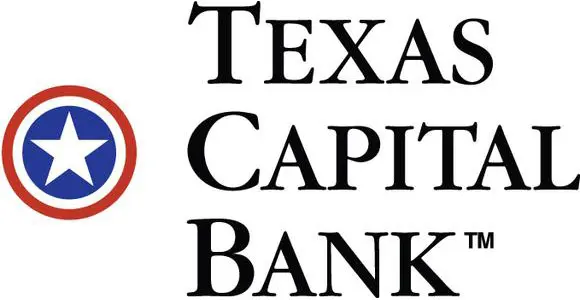
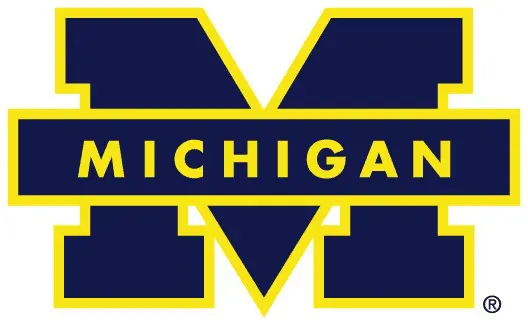


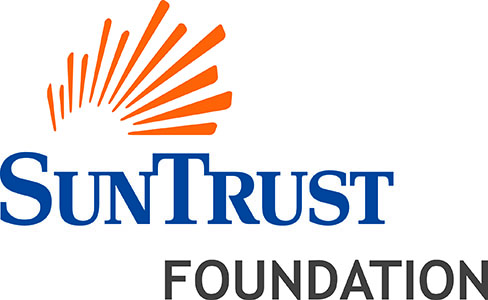
1 Full Year Guarantee
We eliminate your risk with a 1-year guarantee of up to 100% of the purchase price. The guarantee is simple. We offer the most comprehensive and highest-quality financial education programming based on these 3 important criteria: Educational Quality, Scope of Resources, and Overall Quality. If you find any other program that exceeds the NFEC’s resources on these 3 criteria – you are eligible to receive a refund up to $495 or the purchase price of the curriculum, whichever is less. Read the guarantee’s complete terms here.
Investment Details
By now you understand the value of the NFEC’s financial education resources and the full 1-year guarantee. Invest $495 initially and $195 annually to secure:

Over 400 hours of financial literacy curriculum are made available to you – saving you time and money while reducing the personnel you need to develop comprehensive financial literacy presentation. The material has been tested by thousands of organizations and gone through several iterations to create a state-of-the-art product that makes a lasting difference in participants’ financial capabilities.
The NFEC is 100% independent and its financial literacy curriculum, workshops & presentations are purely educational. With the guidance of the Curriculum Advisory Board – comprised of educators, financial professionals, and financial education experts – this collaboration has yielded financial literacy curriculum that bridges the gap between theory-based education and practical application.
Topics Covered through Engaging and Interactive Activities
The NFEC curriculum connects with participants, engages them in the learning process, and inspires them to take positive financial action. The lesson plans focus on creating positive financial habits and relationships with money that will serve participants throughout their lifetimes.
Delivering compelling, relevant content using examples and vernacular to which students can easily relate increases retention rates and makes the process more enjoyable for students and educators alike. Hands-on activities and project-based learning get the students to take action around their personal finances. Students who complete the full course come away with real-world action steps that can ensure their personal financial well-being.
The NFEC curriculum covers core areas with direct impact on one’s personal finances. Topics were selected based on 8 years of refinement, research of existing standards, review of academic studies, suggestions from our Curriculum Advisory Board, and feedback from organizations around the globe.
For adults and teens lessons are broken down into 10 personal finance topic areas:
- Financial Psychology
- Budgeting
- Account Management
- Jobs & Careers
- Credit Profile
- Investments & Personal Finance Planning
- Loans & Debt
- Entrepreneurship
- Economic & Government Influences
For kids (PK to 8th Grade) the topics are broken down into 5 areas instead of 10 due to the inter-connectivity of teaching the fundamental lessons. The 5 topic areas are:
- Financial Psychology
- Budgeting, Savings & Investing
- Income, Career Business & Entrepreneurship
- Credit, Debt & Loans
- Risk Management & Insurance
Design Team & Evidence-based Learning Principles
The NFEC’s curriculum is designed around proven educational principles and tested by thousands of organizations that have implemented NFEC content. Comprehensive short and long-term testing measures immediate program impact and positive change in participants’ financial behaviors.
The curriculum employs evidence-based educational methods, including project-based learning, learner’s choice assignments, instructional scaffolding, simulation, blended learning, and other instructional methods proven to improve student outcomes. Many of these strategies are outlined in the Framework for Teaching Personal Finance.
Over the course of developing more than 400 hours of curriculum, the NFEC created a framework and standards which set national benchmarks. Leveraging a team of experts, feedback from hundreds of individual educators, and a review of existing standards and research, the NFEC developed the National Financial Literacy Framework & Standards.
The NFEC’s Curriculum Advisory Board and Curriculum Development team is comprised of award-winning educators, financial professionals, specialists from a variety of financially-related fields, and financial education experts. Together, the Curriculum Advisory Board has reviewed the personal financial statements of more than 50,000 people. This collaboration has resulted in financial literacy courses that successfully bridge the gap between theory-based education and practical application.
The NFEC also employs a crowdsourcing model to review feedback from the thousands of organizations that have utilized our material. This feedback has resulted in 4 iterations of the kids, teen, college and adult-level curricula over the last 8 years. Our commitment to consistently updating materials ensures that you have up-to-date, state-of-the-art curriculum.
The NFEC also has built in several levels of assessments to provide empirical evidence of learner outcomes. Self-assessments, pre and post-testing, surveys, and other data-gathering methods help you demonstrate the results on learner short-term outcomes and long-term behavior change. Visit the NFEC’s Financial Literacy Testing and Survey Center to see samples of measurement tools that come with all the curriculum packages.
Flexible, Modular Design Accommodates Any Schedule
The financial literacy curriculum & presentations are designed in modular format to accommodate a variety of schedules and learning outcome goals. Material has been used as after-school programs, weekend workshops, camps, in-class training, lunch-and-learns, accredited college classes, and semester-long courses.
The modular design and clear organization gives you the freedom to choose the material that best aligns with your desired learning outcomes. Select from more than 400 hours of material, including PK – 2nd grade, 3rd – 5th grade, 6th – 8th grade, high school, college, and adult.
The NFEC developed the Print on Demand Center (PODC) to provide organizations an easy, cost-effective way to reprint student guides. The PODC gives you the freedom to teach the lessons that will best serve your participants and provide them customized student guides, with just a push of the print button.
The PODC gives you access to the lessons you want to teach. Organized sections allow you to pull together unique presentations that fit the time and goals of your program and its stakeholders; or choose from among the NFEC’s pre-designed presentations. The PODC helps you provide timely lessons that help participants pick up the information that most interests them, while we help them gain broader personal financial skills.
Practical Lessons Have Students Taking Real World Action
The NFEC’s financial literacy curriculum bridges the gap between real-world application and educational standards. The lessons motivate participants to take action to improve their finances, helping them build a foundation that supports growth toward financial wellness.
The curriculum aligns with Common Core standards and has been used by universities as a for-credit course. Although the lesson plans are aligned with Common Core, the NFEC’s primary focus was creating usable exercises that will help students manage their finances better.
Throughout the NFEC coursework participants complete practical activities and take action on what they’ve learned. This practical application helps students form positive financial habits and set up the infrastructure they need to properly manage their finances now and in the future.
Aligned with Personal Finance & Educational Standards
The NFEC sets industry standards for financial educators (Framework for Teaching Personal Finance) and learners (National Financial Literacy Framework & Standards) that are referenced by organizations around the globe. Our objective is to share benchmarks with the financial education industry and general public that help improve people’s financial capabilities.
To develop industry standards the NFEC collaborated with leaders in the education and personal finance industry, including:
Charlotte Danielson Consultants. To develop the Framework for Teaching Personal Finance the NFEC worked with Danielson Group consultants to modify the Framework for Teaching to meet the specific needs of Financial Education Instructors. The Framework for Teaching is the most widely-used teaching model in the United States, and has been adopted as the single model – or one of several approved models – in more than 20 states.
Dr Heidi Jacob’s Curriculum 21 Consultants. To develop the National Financial Literacy Framework & Standards the NFEC collaborated with Dr Ann Johnson, Director of Professional Development for Curriculum 21, because of her strong background in curriculum design and curriculum mapping. Curriculum 21’s assistance helped support the creation of performance-based assessments and curriculum maps aligned and integrated with the Common Core Standards.
These innovations were funded through the NFEC Social Enterprise Fund and annual updates are planned. The Council’s objective is to develop the most comprehensive Framework available for educators and learners alike.
Independent & Compliance Approved
The NFEC’s financial literacy curriculum is 100% independent and the organization’s sole purpose is to improve participants’ financial capabilities. No advertising, promotions, or product recommendations are contained in any of the NFEC’s material.
The curriculum has been approved by compliance departments in various financial service sectors and is guaranteed to pass your compliance department audit.
Other curricula on the market often indoctrinate students with company brand messaging that may not serve the best interests of your students – for example, credit card companies. While the NFEC appreciates the efforts of all organizations involved in the financial literacy movement, we also understand the persuasive influence of branding and advertising.
The NFEC is an independent financial literacy organization with a social enterprise business model. This structure gives us the freedom to deliver unbiased financial education and to assist organizations in need of support – reducing the time, cost, and personnel required to develop comprehensive financial literacy curriculum.
Instant Download
Financial Literacy Curriculum Best Practice Checklist
Financial Literacy Curriculum Best Practice Checklist
Print on Demand
New technological innovations allow you to easily customize the coursework that is best for your audience. With the Print on Demand Center you will enjoy these benefits:
- Maximum Flexibility: You can compile only the specific lessons that you’ll be teaching, outputted as a PDF file.[/
- Consultant Positioning: You no longer need to sell a pre-defined workshop. Take time to understand your client’s/student’s needs and produce their custom solution.
- Print Anywhere; Anytime: On demand compositions. Print from your office, a professional print center, or at the venue for the extra, unexpected students that show up.
- Save Money: Only produce lessons you intend to deliver. Control print quality (B&W/Full Color; Simple/Perfect Binding, etc.).[/
Curriculum Packages Include
The NFEC’s curriculum and presentation packages are perfect for workshops, after-school programs, for-credit college courses, camps, lunch-&-learns, in-class coursework, employee training, and any other format of training program. The material is organized to give you maximum flexibility in time and learning outcomes.
Instructor’s Guide, Presentation, and Instructor Resources
Includes all the material needed to host financial education events. Clear and detailed instructor’s guide walks you through the lessons while still giving you the freedom to interject personal stories.
Graduation Certificates and Student Recognition Awards
People of all ages enjoy being recognized for their accomplishments. You may print graduation certificates and student recognition awards for your participants. This added piece gives your program a professional touch and reminds graduates of the lessons they learned during the course.
Promotional Materials & Event Invitations
Receive a variety of promotional and marketing material to help you generate buzz, raise awareness and enlist support. Includes: event invitation & flier, email communications, printable posters and more.
Student Guides & Print on Demand Center
The PODC gives you the ability to print the lessons you want to teach. It automatically compiles specific lessons and prints high-quality student guides that perfectly aligns with your intended class structure at a significantly reduced cost.
Testing & Surveys
Receive testing and survey tools that will help you prove program results with empirical evidence that measures improvement in participant capabilities and behavior change. Pre- and post-testing, stages of change survey, long-term behavior change questionnaires, pre- and post-event surveys.
Complimentary Consultations
The NFEC team offers complimentary consultations to help organizations and individuals develop or expand their financial literacy programming in accordance with best practices.
Key Steps to Locating Top Personal Financial Literacy Curriculum
Have you been searching for a financial literacy curriculum? If you have, you already know just how hard it is to find useful and engaging solutions out there. You can stop your worrying, because fortune has led you to the right place. We have constructed a complete guide that details all that’s necessary to set up the best financial education program, all as part of our effort to help people and organizations reach their full potential.
The NFEC provides a Financial Literacy Curriculum to participants across the globe, leveraging material that can be customized for any group of people – regardless of their age or socioeconomic level.
These are engaging and useful solutions that make a strong impression, while also remaining fun for the participants.
Addressing a Need for a Financial Literacy Curriculum
Now let’s check out a story in which these resources have allowed stakeholders to execute a Financial Literacy Curriculum in real life:
Darlene manages a 9-member team of teaching staff at a test prep academy. She wanted to help the tutors that she oversees when it comes to their money management, so she wanted to find some sort of financial literacy curriculum that could serve them well. The only problem was that she had no idea what step to take first. She already had a solid understanding of the topic, but teaching wasn’t something she ever considered a major strength of hers. That’s why she reached out for help in finding the best way to convey such vital information.
Having informal chit-chats amongst her team members made her realize that a good amount of them lacked even a basic, foundational level of knowledge in this area, and that what this group really needed was easy-to-digest material on managing money.
Kicking Things Off
Her initial goal in this endeavor was to somehow assist this group in acquiring a solid level of knowledge of personal finance on her own, via a series of workshops. She wanted to get things started and improve their personal finances as soon as she could, so she felt content enough with giving them a stripped-down financial literacy curriculum PDF that solely looked at the necessary fundamentals. Down the line, however, she wished for them to all turn into semi-experts on the subject of personal financial management.
Download Financial Literacy Curriculum PDF
Now that Darlene had decided on her near-term goals and what she pictured for the long term, the following step to take was to focus on how she would present this crucial information to the group. What should she choose as the delivery method? How should she set the pace? She preferred a low-pressure, self-paced course to provide to the group, as the team all had extremely varying availability and scheduling conflicts – which eventually led her to decide on an internet-based course that involved a personal financial literacy curriculum that wouldn’t bore the group.
An Educational Blueprint
What Darlene needed to do next was to whittle down the focus of her course. Because the entire group were all close to beginners in this topic, she chose to focus the Financial Literacy Curriculum around solely the essentials related to personal money management concepts.
Selecting a Main Focus
Darlene needed a course choice that went over these topics with the help of interactive and in-depth activities, and one that could also fit around everyone’s mismatched schedules. It was for that exact reason that she decided to go with a course that offered a flexible, modular learning experience.
Getting Help with a Personal Financial Literacy Curriculum
Darlene could certainly manage teaching a planned, point-by-point class, but she was worried that this method would not be personalized enough for individuals in the group. This brought her to the next issue at hand: could she locate someone else that has the appropriate skills to teach money management via personal financial literacy curriculum? She ended up deciding to contact a NFEC Certified Educator who demonstrated experience in the “personalization” aspect of this topic, because it wasn’t really her skillset and she wanted to call in some highly-qualified assistance.
Taking the Plunge
her 9-person team of mostly young tutors, every single one of them fully finished the course. From that group of 9 individuals, all of them (100%) did a short survey indicating that they “significantly” improved their level of knowledge on personal finance after the program. Afterward, Darlene decided to generate a detailed report that showed the results of the program, so that she could prove how impactful the class had been.
Financial Literacy Curriculum PDF: The Follow-Up
Darlene had already realized that this initial phase was simply getting the ball rolling, and that these tutors would need more support if they were to apply what they learned in the course to their real-world lifestyles. Immediately following the completion of the first financial literacy curriculum PDF, she decided to write out personalized motivational messages via email to each member who had participated – offering congratulations and stressing the importance of continuing to work to achieve their own personal money goals in life.
To help the group retain what they picked up in the course, Darlene offered each of them monthly follow-up courses that would be similar in structure and pace to the first one. This way, she would be able to help them continue to build on the foundation they had already acquired.
Recent Article Postings
Tips to Choosing the ‘Right’ Personal Financial Literacy Curriculum
Today’s youth see what’s going on in the economy and do not want to repeat the mistakes of the baby boom generation. Many are personally experiencing the stress that tyle=”text-align: justify;”>A growing number of people are ready to learn about money, and it’s up to community leaders to ensure they have access to quality financial literacy curriculum. By providing today’s youth practical financial training we can help them avoid debt issues, poor spending habits and help them recognize decisions that align with their lifestyle goals.
This generation stands to benefit from money management training. They are starting off with no financial issues and with the right financial literacy curriculum they have nowhere to go but up. Many schools have recognized this and are committed to sharing personal financial skills with their students either through workshops, classes, camps and/or with the help of financial literacy software to reduce faculty cost and maximize in class time.
One of the first things you want to check when reviewing personal finance curriculum is who actually designed it. A lot of the current lesson plans available on the market have been created by people who have minimal personal finance experience. Make sure that the lesson plans you decide to use have been designed by professionals who understand both the theory and practical application of good money management skills.
Locate motivational curriculum that gets students excited. When taught improperly or when using poor financial education lesson plans, it can also be quite boring and lose interest when it’s confusing. Finding life skill curriculum that’s friendly and accessible and easy-to-understand will directly impact your post test results. It is also suggested that all educators take a financial literacy certification course prior to presenting the curriculum.
Modular delivery of financial education lesson plans help participants build on new skill sets that can take them to the next level learning. Help your students stay engaged by challenging them with coursework that offers a modular learning platform so you know exactly what lessons to share as student’s progress.
In designing the curriculum for the YES Movie which featured leaders in the field of business, it was noted that the people who ‘win’ with money are the ones who make financial decisions based on logic rather than emotions. It is well known that most people make their decisions because of emotional responses, not logic. That is why it is critical that the financial literacy lesson plans you choose covers the psychology of money.
It is important for participants to understand key theories in their financial literacy training, it is equally critical to select lesson plans that focus on the real world issues your students may experience while also including a theory based education. Financial literacy curriculum that strikes this balance better engages the students and helps them retain what is taught.
Students realize that paycheck to paycheck living is stressful and many of their parents are going through this situation now. Teach your students how they can avoid this situation by developing these basic skills and administering a financial literacy test to ensure they are picking up the lessons.
Right now is the time to start sharing practical financial education curriculum with the youth you serve. The lesson plans should be rigorous, relate to student situations and be ‘real’ so students internalize the message. By sharing this material it can help instill good money habits that can last a lifetime.
Even if your state does not require money management courses, take it upon yourself to raise awareness and educate your students, children and youth you meet. Just one simple lesson can save them from many years of struggle trying to remedy the situation.
Schools that wish to start teaching financial literacy are invited to join our awards program. Schools that purchase the NFEC financial literacy lesson plans are automatically entered into our awards program.
Financial Literacy Curriculum Learning Outcome & Standard Reasoning
Teaching financial literacy requires different methods and goals at each age level. This brief overview breaks downs the learning outcome reasoning the NFEC’s curriculum team uses through the development process.
The Framework & Standards for 3- to 7-year-olds were developed for children in the Preoperational phase of development according to Piaget’s Theory of Cognitive Development. During this phase children begin to use and understand language; they tend to experience the world from a selfish perspective where they only understand one feature of a situation or object.
The personal finance for kids big ideas & content standards for this age group are broken down by topic, subtopic, and skill level. ‘Beginner’ level is best-suited for PK to K, ‘Intermediate’ level for K to 1st grade, and ‘Advanced’ for 1st to 2nd graders. This design gives the instructor flexibility to assess and push participants to encourage higher levels of achievement.
The Framework & Standards for 7- to 11-year-olds were developed for children in the Concrete Operational phase of development according to Piaget’s Theory of Cognitive Development. During this phase children can use multiple dimensions of a problem or situation to reason about the world, as long as the situation is made concrete.
The big ideas and content standards for this age group are broken down by topic, subtopic, and skill level. ‘Beginner’ level is best-suited for 2nd to 3rd grade, ‘Intermediate’ level for 3rd to 4th grade, and ‘Advanced’ for 4th to 5th graders. This design gives the instructor flexibility to assess and push participants to encourage higher levels of achievement.
The Framework & Standards for 11- to 13-year-olds were developed for children in the Abstract Thought phase of development according to Piaget’s Theory of Cognitive Development. At this phase children begin to reason beyond concrete examples and begin to apply hypothetical, philosophical, and scientific principles to learning about the world.
The big ideas and content standards for this age group are broken down by topic, subtopic, and skill level. ‘Beginner’ level is best-suited for 5th to 6th grade, ‘Intermediate’ level for 6th to 7th grade, and ‘Advanced’ for 7th to 8th graders. This design gives the instructor flexibility to assess and push participants to encourage higher levels of achievement.
The NFEC asserts that high school students can and should learn advanced personal financial planning topics. Starting in high school, most students possess the cognitive abilities (according to Piaget’s Theory of Cognitive Development) and math skills needed for the majority of the financial literacy lessons. The learning outcomes for high school students and adults of all ages are the same and are broken down into beginner, intermediate, and advanced lessons.
The financial literacy curriculum for high school students blends project based learning techniques, blended learning options and interactive activities. The college student financial literacy curriculum leverages similar methods.
The adult financial literacy materials had to be expanded to include financial recovery lessons. Credit repair, paying off debt and recovering from a job layoff are all lessons that have been added to the adult curriculum.
It is important to note that, although the subject matter taught to teens and adults is similar, the NFEC’s Framework for Teaching Personal Finance highlights the importance of understanding the audience and modifying how lessons are taught to maximize their appeal to the targeted ages. The Framework also addresses the importance of providing a timely financial education – for example, reaching participants when they are considering specific financial decisions.
Financial Literacy Curriculum Today
by Traci Allan
Recent financial literacy statistics show that economic issues are affecting people globally, (foreclosures, debt, economic insecurity, etc.) it would have been easier to avoid if they would have received financial literacy lesson plans and training at a young age.
If we started teaching practical personal finance lesson plans in High Schools and in colleges while the children are in a learning environment they will tend to learn more from the curriculum. You can start sharing simple, yet impactful, money lessons at home with your children at a young age. This will help them be more financially responsible in the way they deal with everyday finances as well as long-term expenses. Instilling proper spending habits in your child is a very important part of preparing them for financial independence.
Many schools have started offering a financial education curriculum to their students to prepare them for college or going out into the working world and living on their own. These classes that have financial literacy lesson plans are usually given only in economics classes.
With the budget and economic problems today it is important that we provide youth with the knowledge they need to make it in the real world. Teaching personal finance can cause a change that will last a lifetime. How do you choose a financial literacy curriculum that students will actually enjoy studying and execute later? A lot of questions will be answered in this article.
Control groups have shown that when students receive below standard financial literacy lesson plans they report being uninterested, turned-off and lack the desire to learn more about money matters. The majority of teachers have good intentions when they begin teaching the financial education curriculum but unfortunately for some of the students it has the opposite effect due to the financial literacy lesson plans not being very exciting or just plain boring.
Do your best to ensure that the personal finance lesson taught will make a lasting difference in student’s lives. Choose a course outline that will keep the students engaged and motivated to learn more. Below are numerous tips to choose effective financial literacy lesson plans that will help your students gain the knowledge needed to be successful.
Review the background of the curriculum writers and designers since often time the standards are written by people that lack real world money and business experience. Make sure the financial education lesson plans you choose have been put together by a group of people who have experience in the money management field as well as the education field. Look for a program that is developed by a team of successful entrepreneurs and teachers who have a record of program development experience. Finding curriculum that combines top teachers with business leaders will put you in a good starting position to find the best financial literacy lesson plans.
The National Financial Educators Council (NFEC) has reviewed hundreds of personal financial literacy curriculum titles and talked to thousands of high school and college students who have been less than enthusiastic about ‘learning about money’ because they found that many of the financial literacy lesson plans on the market are boring and hard to understand. A well designed financial workshop can be a gratifying and pleasurable experience. A good test is to review the curriculum late at night and see if it passes the snooze test. If you fall asleep you can likely bet your students will as well.
Choosing a financial literacy curriculum that will make up the foundation of their education and that each subsequent lesson builds on the prior one will be most effective. This could also help your organization raise funds through financial literacy grants and financial literacy funding options.
Financial literacy lesson plans should include the psychology of money. Any successful person out there can tell you that the being able to recognize and understand the emotions involved with investing serves as a foundation for our financial decisions. It is also well documented that the average person makes most of their financial decisions because of emotional responses, not logic. That is why it is critical that the financial literacy curriculum you choose covers the emotional game of money.
The ultimate goal of life skills training is to help students reach the level of success they want. Implementing financial literacy curriculum that focuses on providing practical money lessons will not only keep students interested but will also put them on track to live the lifestyle they want for themselves.
Locate personal finance lesson plans that focus on practical financial matters your students will use in the real world before getting into advanced theories. Curriculum that walks students step-by-step through basic account structure and includes activities that helps to build their money foundation is probably your best bet. Since a large majority of Americans do not have any type of savings or checking account these financial literacy lesson plans will serves as the base of their education and will be a good starting point before learning the intricacies of the increasing complexity of the financial world.
By the time a student graduates high school many they have sat through thousands of classes with a limited amount of time spent on financial literacy lesson plans. That is why you need life skills training that will stand out from all the other thousands of classes they have taken. NFEC’s financial literacy curriculum engages the students with activities, multi-media displays, celebrities, movement, props and other tools to help our students pick up money skills so they benefit from this knowledge throughout their life.
In order to make the best use of your time get a curriculum designed to get students excited to learn about money. Practical financial literacy lesson plans can give your students a confidence that will have long-term positive benefits and affect many areas of their lives.
Financial Literacy Curriculum & Presentations
The NFEC financial literacy curriculum & presentations are engaging and fun, yet also meets core educational standards. The programming has been widely recognized for its ability to connect with students and inspire participants of all ages and socioeconomic backgrounds to take positive financial action.
Over 400 hours of financial literacy curriculum are made available to you – saving you time and money while reducing the personnel you need to develop comprehensive financial literacy presentation. The material has been tested by thousands of organizations and gone through several iterations to create a state-of-the-art product that makes a lasting difference in participants’ financial capabilities.
The NFEC is 100% independent and its financial literacy curriculum, workshops & presentations are purely educational. With the guidance of the Curriculum Advisory Board – comprised of educators, financial professionals, and financial education experts – this collaboration has yielded financial literacy curriculum that bridges the gap between theory-based education and practical application.
Topics Covered through Engaging and Interactive Activities
Design Team & Evidence-based Learning Principles
Flexible, Modular Design
Accommodates Any Schedule
Practical Lessons Have Students
Taking Real World Action
Financial Education & Common Core Standard Alignment
Independent & Compliance
Approved
“We chose to provide the NFEC curriculum because it balances practical application with core educational standards. The lessons are engaging, making it enjoyable for teachers and students alike. We also liked that it incorporates a comprehensive educator training program to empower those delivering the information with the tools to maximize the effectiveness of the coursework.”
“We just received the Financial Literacy Event Report. This is fantastic! We can easily show our board how much students learned. We’ve just begun planning our summer conference, and would like to offer the scholars your amazing financial workshop. Thank you again! I can’t wait to share this.”
“The program is going wonderfully. Kelly is doing an awesome job and our clients have been very receptive of the information and her presentation. Thanks again, the presentation went GREAT, we will be talking with you soon.”
Print on Demand
New technological innovations allow you to easily customize the coursework that is best for your audience. With the Print on Demand Center you will enjoy these benefits:
Maximum Flexibility
Consultant Positioning
Print Anywhere; Anytime
Save Money
Curriculum Packages Include
The NFEC’s curriculum and presentation packages are perfect for workshops, after-school programs, for-credit college courses, camps, lunch-&-learns, in-class coursework, employee training, and any other format of training program. The material is organized to give you maximum flexibility in time and learning outcomes.
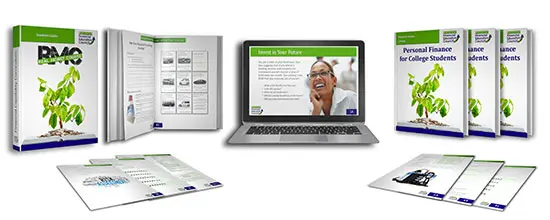
Instructor’s Guide, Presentation, and Instructor Resources
Includes all the material needed to host financial education events. Clear and detailed instructor’s guide walks you through the lessons while still giving you the freedom to interject personal stories.

Graduation Certificates and Student Recognition Awards
People of all ages enjoy being recognized for their accomplishments. You may print graduation certificates and student recognition awards through the Print on Demand Center. This added piece gives your program a professional touch and reminds graduates of the lessons they learned during the course.

Promotional Materials & Event Invitations
Receive a variety of promotional and marketing material to help you generate buzz, raise awareness and enlist support. Includes: event invitation & flier, email communications, printable posters and more.

Student Guides & Print on Demand Center
The PODC gives you the ability to print the lessons you want to teach. It automatically compiles specific lessons and prints high-quality student guides that perfectly aligns with your intended class structure at a significantly reduced cost.

Testing & Surveys
Receive testing and survey tools that will help you prove program results with empirical evidence that measures improvement in participant capabilities and behavior change. Pre- and post-testing, stages of change survey, long-term behavior change questionnaires, pre- and post-event surveys.

Complimentary Consultations
The NFEC team offers complimentary consultations to help organizations and individuals develop or expand their financial literacy programming in accordance with best practices.
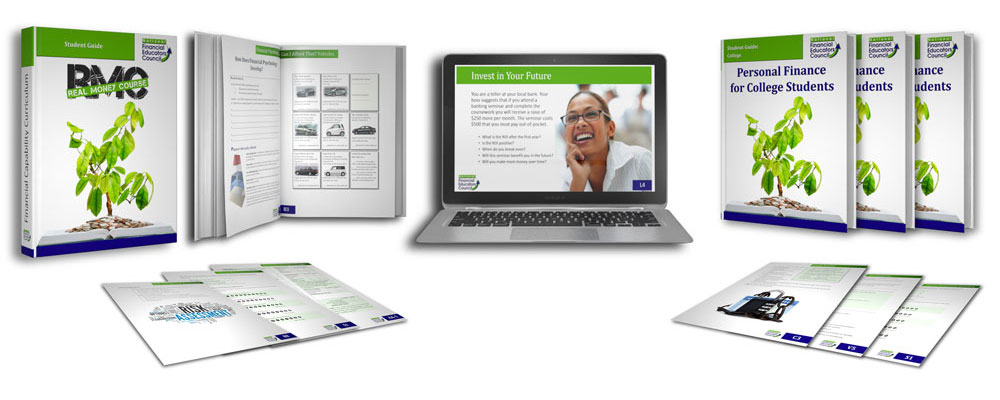
Presentations & Curriculum Options
Option 1) Available Age Groups:
Kids PK – 5th Grade
- Bonus: Includes middle school curriculum for advanced learners. Provides an additional 53 classroom hours across 57 lessons.
- Easy to follow take-home lessons.
- Family activities that encourage parental engagement.
High School
- Bonus: Includes middle school curriculum for those below the 8th grade math level. Provides an additional 53 classroom hours across 57 lessons.
- Bonus: Student-led Real Money Experience Project-based Learning Package provides a real-life action plan to prepare for independent financial decision making.
- Pre-designed Specialty Workshops – Including: Living on Your Own, Paying for College, Car Buying Workshop, Money 101, Career Planning, Investing 101, Protecting Your Credit, Real Money Experience and more.
College
- Pre-designed Specialty Workshops – Including: Student Loan Planning, Living on Your Own, Paying for College, Career Planning, Investing 101, Building Your Financial Foundation, Retirement Workshop, Debt Elimination Workshop, and more.
Adult
- Basic through advanced level materials
- Pre-designed Specialty Workshops – Including: Building Your Nest Egg, Debt Elimination Workshop, Building Your Credit Rating, Loan Qualification Workshop, Investment Basics, Budgeting 101, Building Your Financial Foundation Workshop, Road to Retirement Workshop, Road to Retirement Lunch & Learn, , Investment Planning Lunch & Learn, Insurance Workshop and more.
Topics Covered through Engaging and Interactive Activities
The NFEC curriculum connects with participants, engages them in the learning process, and inspires them to take positive financial action. The lesson plans focus on creating positive financial habits and relationships with money that will serve participants throughout their lifetimes.
Delivering compelling, relevant content using examples and vernacular to which students can easily relate increases retention rates and makes the process more enjoyable for students and educators alike. Hands-on activities and project-based learning get the students to take action around their personal finances. Students who complete the full course come away with real-world action steps that can ensure their personal financial well-being.
The NFEC curriculum covers core areas with direct impact on one’s personal finances. Topics were selected based on 8 years of refinement, research of existing standards, review of academic studies, suggestions from our Curriculum Advisory Board, and feedback from organizations around the globe.
Topics for Learners Over 14 Years Old
Financial Psychology
Savings, Expenses, & Budgeting
Account Management
Jobs & Careers
Credit Profile
Loans & Debt
Risk Management & Insurance
Investments & Personal Finance Planning
Skill Development
Economic & Government Influences
Topics for Learners Age 3 to 13
Financial Psychology
Budgeting, Savings & Investing
Income, Career & Entrepreneurship
Credit, Debt & Loans
Risk Management & Insurance
Independent & Compliance Approved
The NFEC’s financial literacy curriculum is 100% independent and the organization’s sole purpose is to improve participants’ financial capabilities. No advertising, promotions, or product recommendations are contained in any of the NFEC’s material.
The curriculum has been approved by compliance departments in various financial service sectors and is guaranteed to pass your compliance department audit.
Other curricula on the market often indoctrinate students with company brand messaging that may not serve the best interests of your students – for example, credit card companies. While the NFEC appreciates the efforts of all organizations involved in the financial literacy movement, we also understand the persuasive influence of branding and advertising.
The NFEC is an independent financial literacy organization with a social enterprise business model. This structure gives us the freedom to deliver unbiased financial education and to assist organizations in need of support – reducing the time, cost, and personnel required to develop comprehensive financial literacy curriculum.
Practical Lessons Have Students Taking Real World Action
The NFEC’s financial literacy curriculum bridges the gap between real-world application and educational standards. The lessons motivate participants to take action to improve their finances, helping them build a foundation that supports growth toward financial wellness.
The curriculum aligns with Common Core standards and has been used by universities as a for-credit course. Although the lesson plans are aligned with Common Core, the NFEC’s primary focus was creating usable exercises that will help students manage their finances better.
Throughout the NFEC coursework participants complete practical activities and take action on what they’ve learned. This practical application helps students form positive financial habits and set up the infrastructure they need to properly manage their finances now and in the future.
Flexible, Modular Design
The financial literacy curriculum & presentations are designed in modular format to accommodate a variety of schedules and learning outcome goals. Material has been used as after-school programs, weekend workshops, camps, in-class training, lunch-and-learns, accredited college classes, and semester-long courses.
The modular design and clear organization gives you the freedom to choose the material that best aligns with your desired learning outcomes. Select from more than 400 hours of material, including PK – 2nd grade, 3rd – 5th grade, 6th – 8th grade, high school, college, and adult.
The NFEC developed the Print on Demand Center (PODC) to provide organizations an easy, cost-effective way to reprint student guides. The PODC gives you the freedom to teach the lessons that will best serve your participants and provide them customized student guides, with just a push of the print button.
The PODC gives you access to the lessons you want to teach. Organized sections allow you to pull together unique presentations that fit the time and goals of your program and its stakeholders; or choose from among the NFEC’s pre-designed presentations. The PODC helps you provide timely lessons that help participants pick up the information that most interests them, while we help them gain broader personal financial skills.
National Financial Education & Common Core Standard Alignment
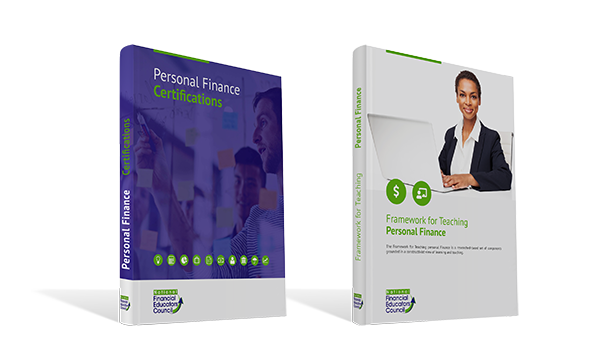
The NFEC sets industry standards for financial educators (Framework for Teaching Personal Finance) and learners (National Financial Literacy Framework & Standards) that are referenced by organizations around the globe. Our objective is to share benchmarks with the financial education industry and general public that help improve people’s financial capabilities.
To develop industry standards the NFEC collaborated with leaders in the education and personal finance industry, including:
Charlotte Danielson Consultants. To develop the Framework for Teaching Personal Finance the NFEC worked with Danielson Group consultants to modify the Framework for Teaching to meet the specific needs of Financial Education Instructors. The Framework for Teaching is the most widely-used teaching model in the United States, and has been adopted as the single model – or one of several approved models – in more than 20 states.
View the Framework for Teaching Personal Finance.
Dr Heidi Jacob’s Curriculum 21 Consultants. To develop the National Financial Literacy Framework & Standards the NFEC collaborated with Dr Ann Johnson, Director of Professional Development for Curriculum 21, because of her strong background in curriculum design and curriculum mapping. Curriculum 21’s assistance helped support the creation of performance-based assessments and curriculum maps aligned and integrated with the Common Core Standards.
View the National Financial Literacy Framework & Standards.
These innovations were funded through the NFEC Social Enterprise Fund and annual updates are planned. The Council’s objective is to develop the most comprehensive Framework available for educators and learners alike.
Custom Branding Options to Match Your Organization
The NFEC offers you a variety of customized branding options to ensure your organizations messaging is communicated in alignment with your objectives. Branding levels are included with select packages or can be purchased separately.

Branding Options - NFEC Branding
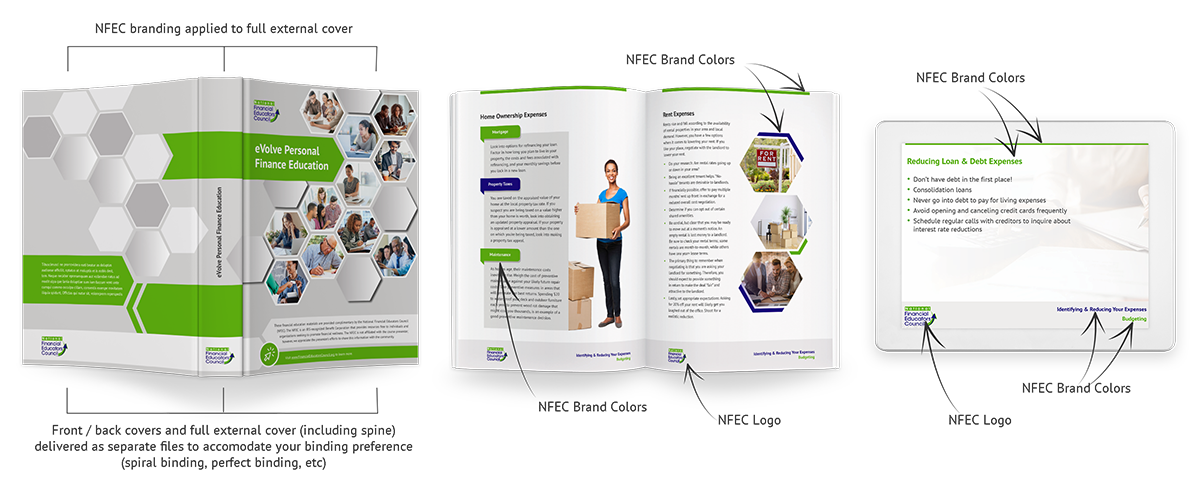
Full, NFEC-branded, External Cover Design
Standard Title
NFEC Branded Internal Title Page
No Contact Information
NFEC Default Legal Disclaimer
NFEC Logo Throughout
Branding Options - Cover Branding
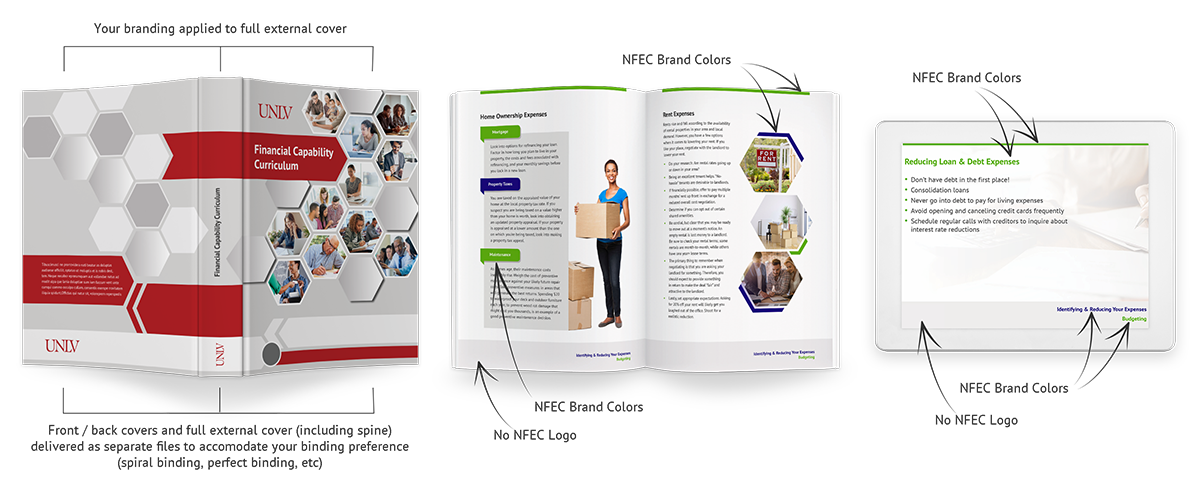
Custom Full External Cover Design
Custom Curriculum Title
Custom Internal Title Page
Your Contact Information (Optional)
Your Legal Disclaimer (Optional)
Void of NFEC logo
Branding Options - Private Labeled
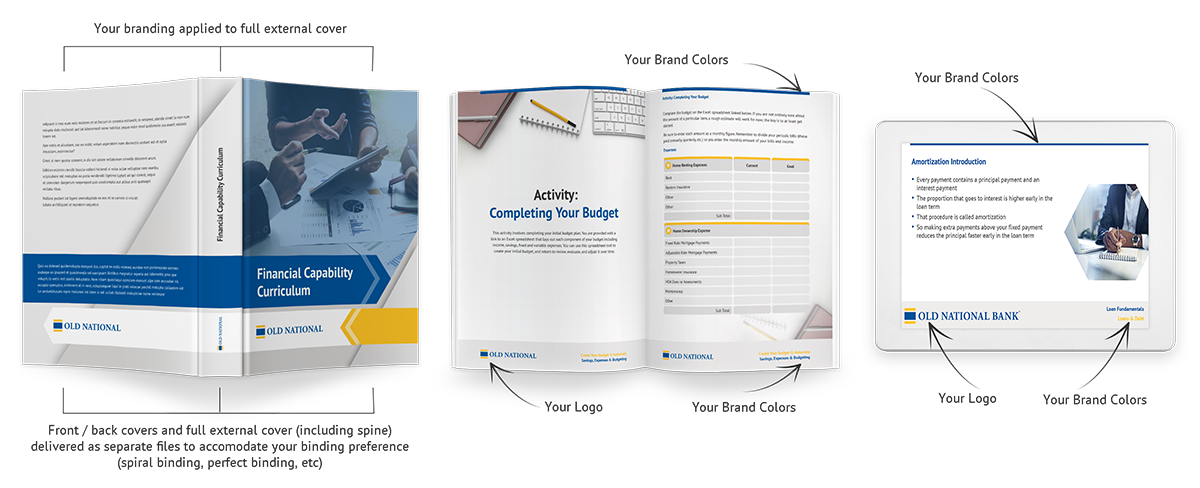
Custom Full External Cover Design
Custom Curriculum Title
Your Logo Throughout
Your Color Palette Throughout
Custom Internal Title Page
Your Contact Information (Optional)
Your Legal Disclaimer (Optional)
Void of NFEC Logo, Branding & Mention
Topics Covered through Engaging and Interactive Activities

The NFEC curriculum connects with participants, engages them in the learning process, and inspires them to take positive financial action. The lesson plans focus on creating positive financial habits and relationships with money that will serve participants throughout their lifetimes.
Delivering compelling, relevant content using examples and vernacular to which students can easily relate increases retention rates and makes the process more enjoyable for students and educators alike. Hands-on activities and project-based learning get the students to take action around their personal finances. Students who complete the full course come away with real-world action steps that can ensure their personal financial well-being.
The NFEC curriculum covers core areas with direct impact on one’s personal finances. Topics were selected based on 8 years of refinement, research of existing standards, review of academic studies, suggestions from our Curriculum Advisory Board, and feedback from organizations around the globe.
For adults and teens lessons are broken down into 10 personal finance topic areas:
- Financial Psychology
- Budgeting
- Account Management
- Jobs & Careers
- Credit Profile
- Risk Management & Insurance
- Investments & Personal Finance Planning
- Loans & Debt
- Entrepreneurship
- Economic & Government Influences
For kids (PK to 8th Grade) the topics are broken down into 5 areas instead of 10 due to the inter-connectivity of teaching the fundamental lessons. The 5 topic areas are:
- Financial Psychology
- Budgeting, Savings & Investing
- Income, Career Business & Entrepreneurship
- Credit, Debt & Loans
- Risk Management & Insurance
Practical Lessons Have Students Taking Real World Action

The NFEC’s financial literacy curriculum bridges the gap between real-world application and educational standards. The lessons motivate participants to take action to improve their finances, helping them build a foundation that supports growth toward financial wellness.
The curriculum aligns with Common Core standards and has been used by universities as a for-credit course. Although the lesson plans are aligned with Common Core, the NFEC’s primary focus was creating usable exercises that will help students manage their finances better.
Throughout the NFEC coursework participants complete practical activities and take action on what they’ve learned. This practical application helps students form positive financial habits and set up the infrastructure they need to properly manage their finances now and in the future.
Flexible, Modular Design

The financial literacy curriculum & presentations are designed in modular format to accommodate a variety of schedules and learning outcome goals. Material has been used as after-school programs, weekend workshops, camps, in-class training, lunch-and-learns, accredited college classes, and semester-long courses.
The modular design and clear organization gives you the freedom to choose the material that best aligns with your desired learning outcomes. Select from more than 400 hours of material, including PK – 2nd grade, 3rd – 5th grade, 6th – 8th grade, high school, college, and adult.
The NFEC developed the Print on Demand Center (PODC) to provide organizations an easy, cost-effective way to reprint student guides. The PODC gives you the freedom to teach the lessons that will best serve your participants and provide them customized student guides, with just a push of the print button.
The PODC gives you access to the lessons you want to teach. Organized sections allow you to pull together unique presentations that fit the time and goals of your program and its stakeholders; or choose from among the NFEC’s pre-designed presentations. The PODC helps you provide timely lessons that help participants pick up the information that most interests them, while we help them gain broader personal financial skills.
Design Team & Evidence-based Learning Principles

The NFEC’s curriculum is designed around proven educational principles and tested by thousands of organizations that have implemented NFEC content. Comprehensive short and long-term testing measures immediate program impact and positive change in participants’ financial behaviors.
The curriculum employs evidence-based educational methods, including project-based learning, learner’s choice assignments, instructional scaffolding, simulation, blended learning, and other instructional methods proven to improve student outcomes. Many of these strategies are outlined in the Framework for Teaching Personal Finance.
Over the course of developing more than 400 hours of curriculum, the NFEC created a framework and standards which set national benchmarks. Leveraging a team of experts, feedback from hundreds of individual educators, and a review of existing standards and research, the NFEC developed the National Financial Literacy Framework & Standards.
The NFEC’s Curriculum Advisory Board and Curriculum Development team is comprised of award-winning educators, financial professionals, specialists from a variety of financially-related fields, and financial education experts. Together, the Curriculum Advisory Board has reviewed the personal financial statements of more than 50,000 people. This collaboration has resulted in financial literacy courses that successfully bridge the gap between theory-based education and practical application.
The NFEC also employs a crowdsourcing model to review feedback from the thousands of organizations that have utilized our material. This feedback has resulted in 4 iterations of the kids, teen, college and adult-level curricula over the last 8 years. Our commitment to consistently updating materials ensures that you have up-to-date, state-of-the-art curriculum.
The NFEC also has built in several levels of assessments to provide empirical evidence of learner outcomes. Self-assessments, pre and post-testing, surveys, and other data-gathering methods help you demonstrate the results on learner short-term outcomes and long-term behavior change. Visit the NFEC’s Financial Literacy Testing and Survey Center to see samples of measurement tools that come with all the curriculum packages.
Independent & Compliance Approved

The NFEC’s financial literacy curriculum is 100% independent and the organization’s sole purpose is to improve participants’ financial capabilities. No advertising, promotions, or product recommendations are contained in any of the NFEC’s material.
The curriculum has been approved by compliance departments in various financial service sectors and is guaranteed to pass your compliance department audit.
Other curricula on the market often indoctrinate students with company brand messaging that may not serve the best interests of your students – for example, credit card companies. While the NFEC appreciates the efforts of all organizations involved in the financial literacy movement, we also understand the persuasive influence of branding and advertising.
The NFEC is an independent financial literacy organization with a social enterprise business model. This structure gives us the freedom to deliver unbiased financial education and to assist organizations in need of support – reducing the time, cost, and personnel required to develop comprehensive financial literacy curriculum.
National Financial Education & Common Core Standard Alignment

The NFEC sets industry standards for financial educators (Framework for Teaching Personal Finance) and learners (National Financial Literacy Framework & Standards) that are referenced by organizations around the globe. Our objective is to share benchmarks with the financial education industry and general public that help improve people’s financial capabilities.
To develop industry standards the NFEC collaborated with leaders in the education and personal finance industry, including:
Charlotte Danielson Consultants. To develop the Framework for Teaching Personal Finance the NFEC worked with Danielson Group consultants to modify the Framework for Teaching to meet the specific needs of Financial Education Instructors. The Framework for Teaching is the most widely-used teaching model in the United States, and has been adopted as the single model – or one of several approved models – in more than 20 states.
View the Framework for Teaching Personal Finance.
Dr Heidi Jacob’s Curriculum 21 Consultants. To develop the National Financial Literacy Framework & Standards the NFEC collaborated with Dr Ann Johnson, Director of Professional Development for Curriculum 21, because of her strong background in curriculum design and curriculum mapping. Curriculum 21’s assistance helped support the creation of performance-based assessments and curriculum maps aligned and integrated with the Common Core Standards.
View the National Financial Literacy Framework & Standards.
These innovations were funded through the NFEC Social Enterprise Fund and annual updates are planned. The Council’s objective is to develop the most comprehensive Framework available for educators and learners alike.

